VERY RARE! World War II 1st Edition August 1945 Lemay Leaflet Atomic Bomb Hiroshima & Nagasaki (Dropped Condition)
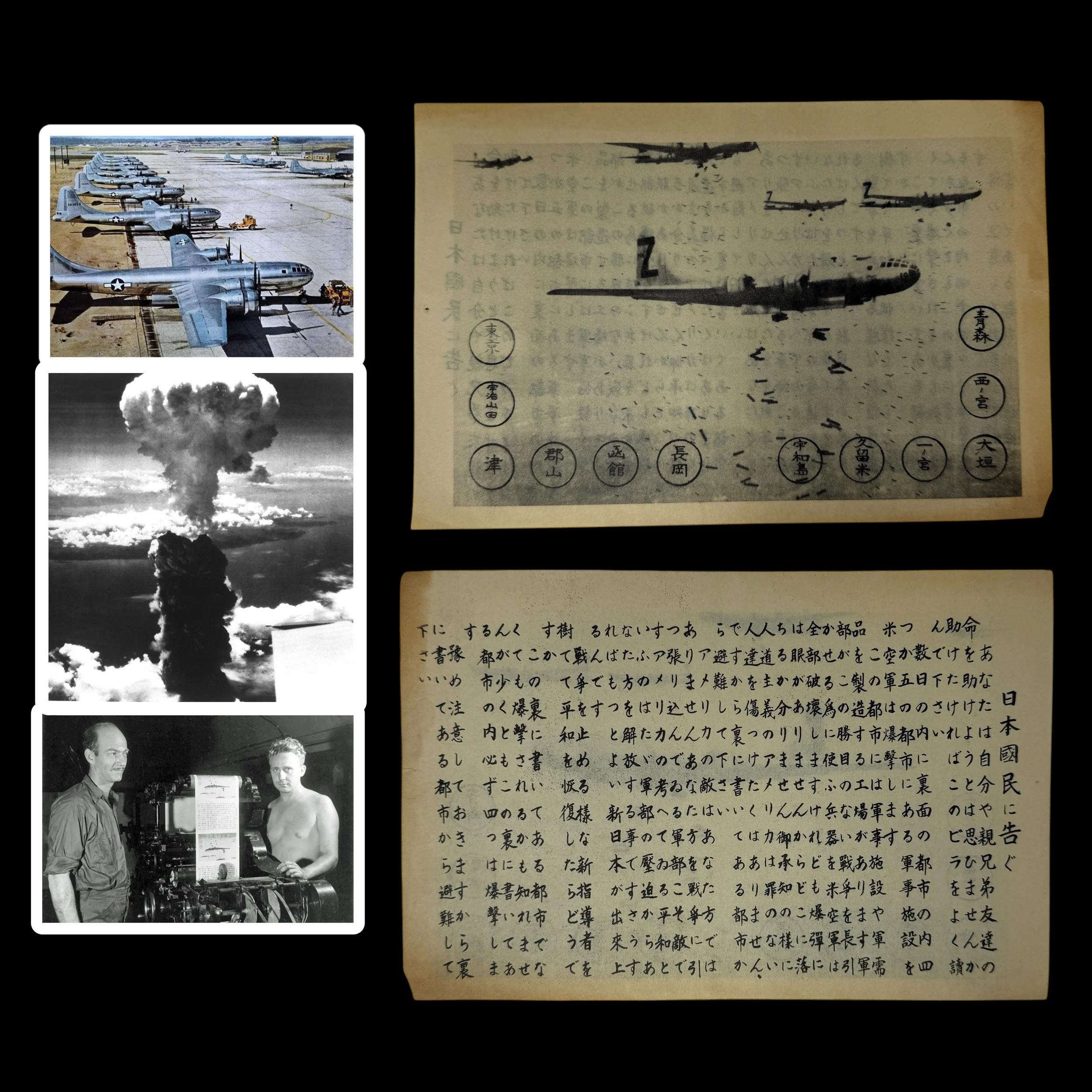
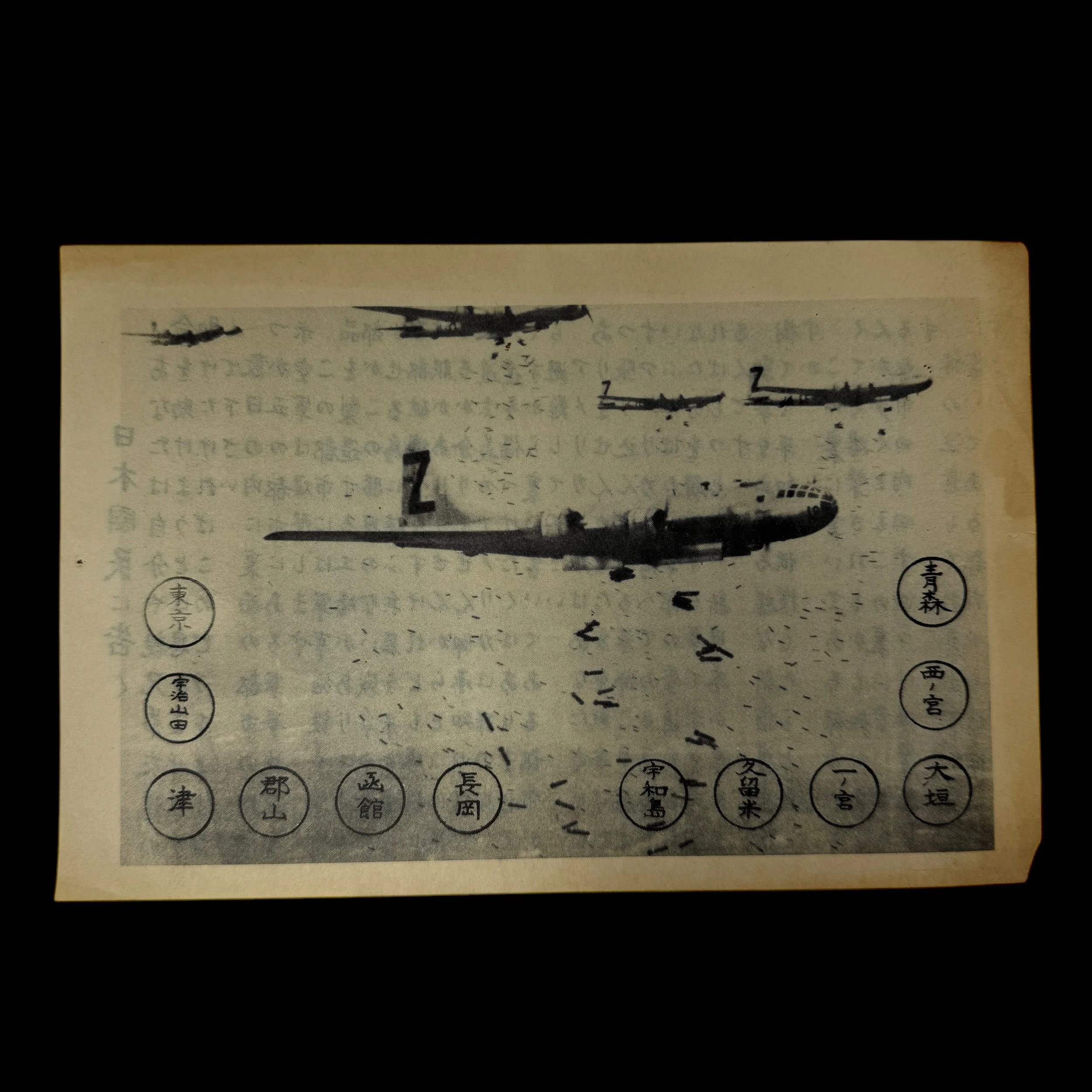
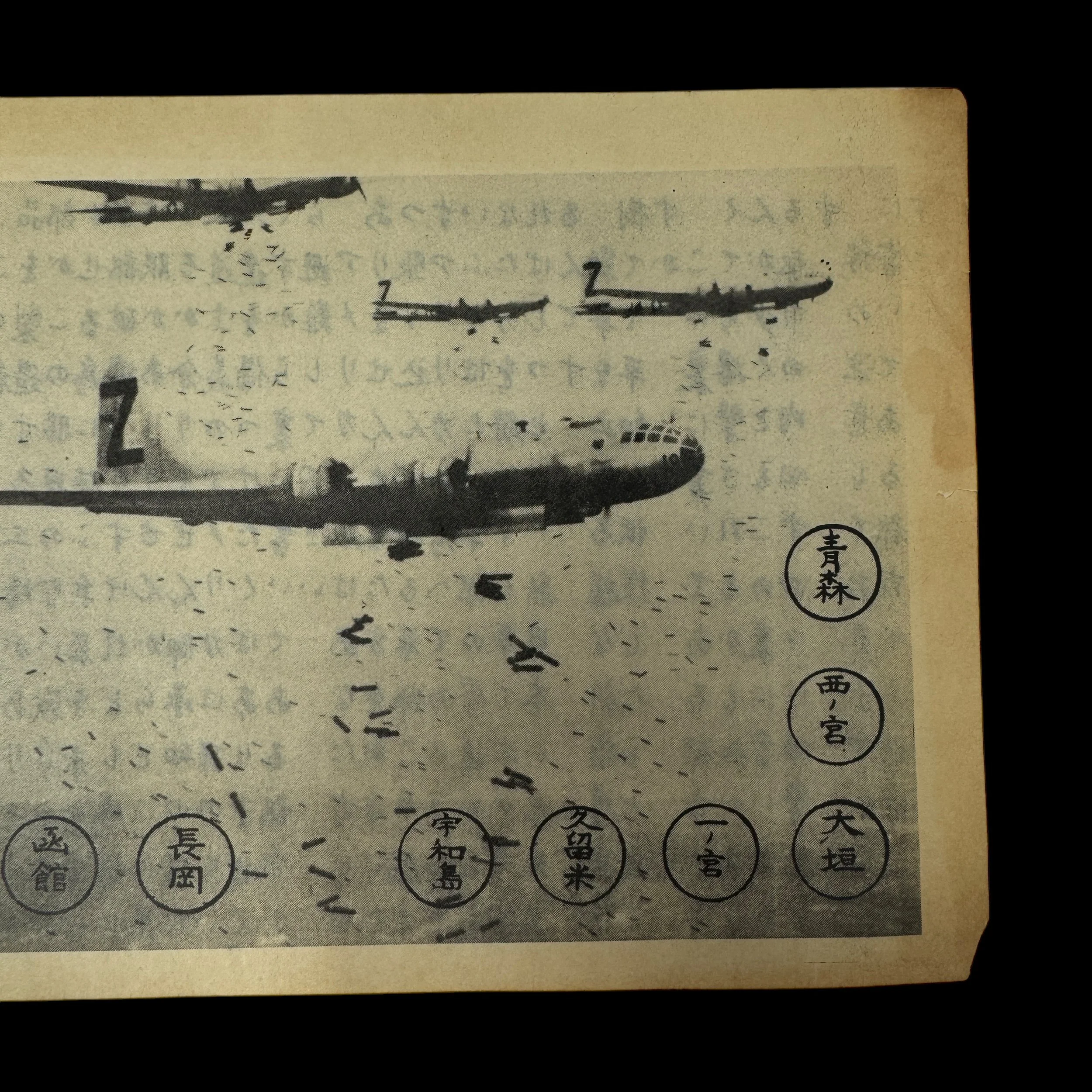
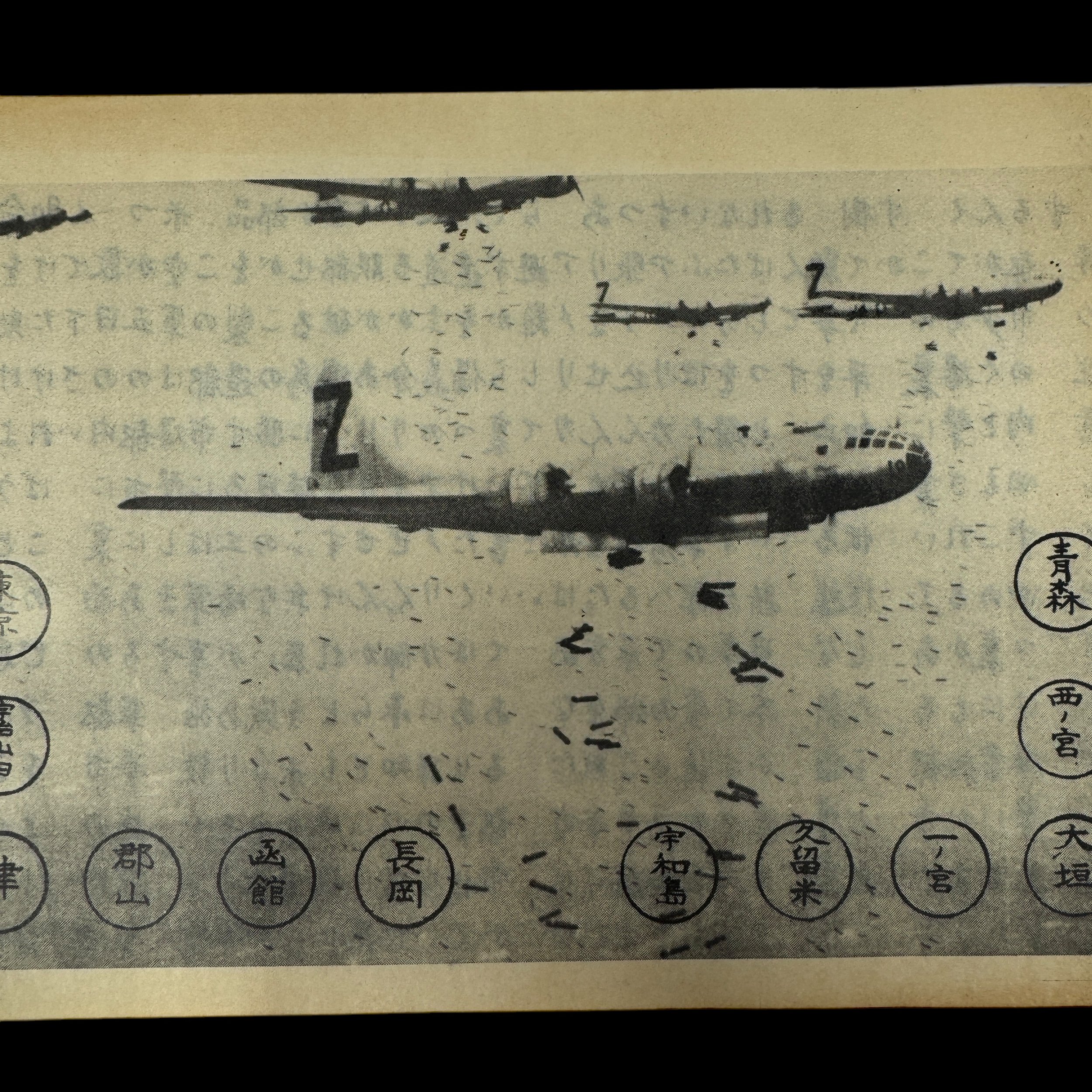
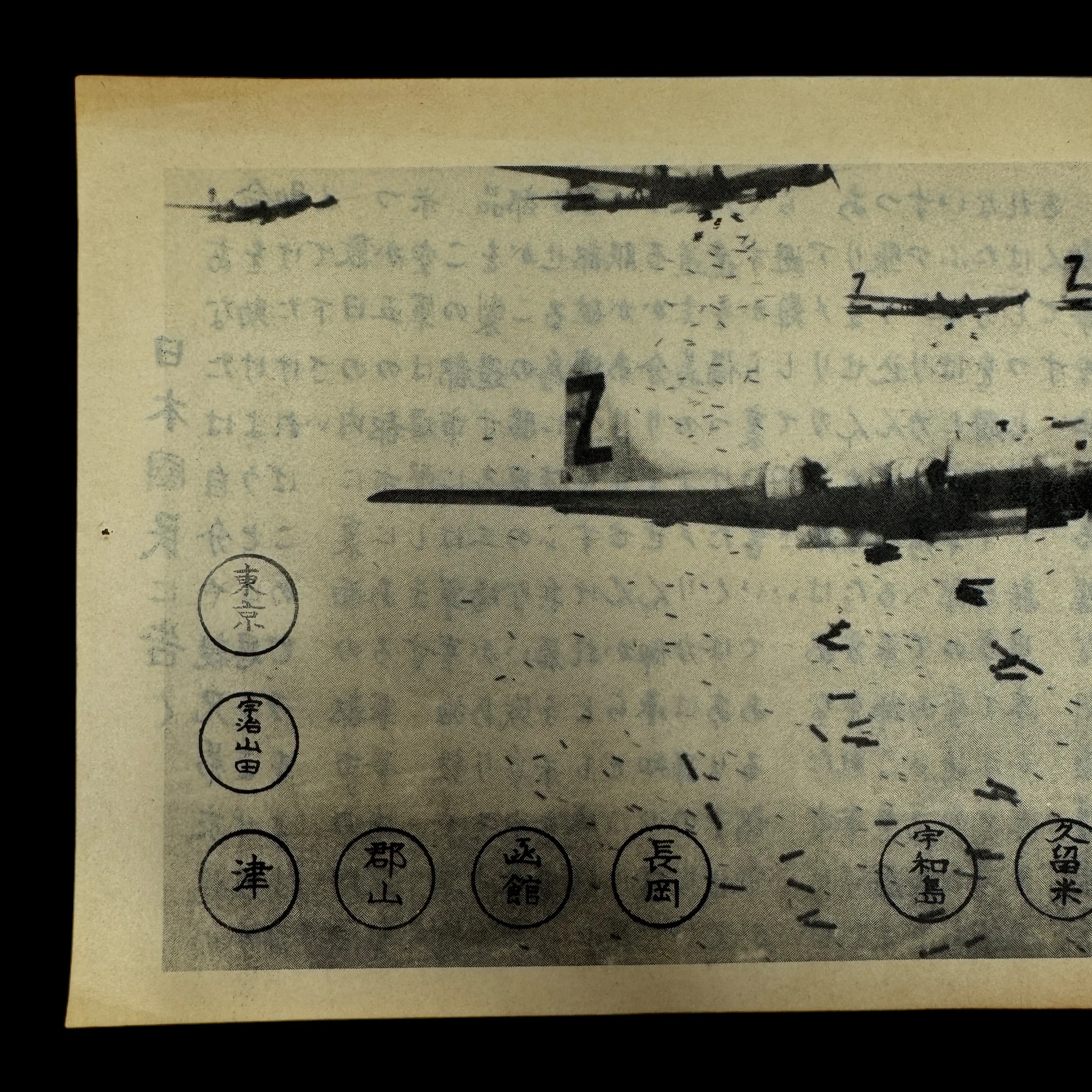

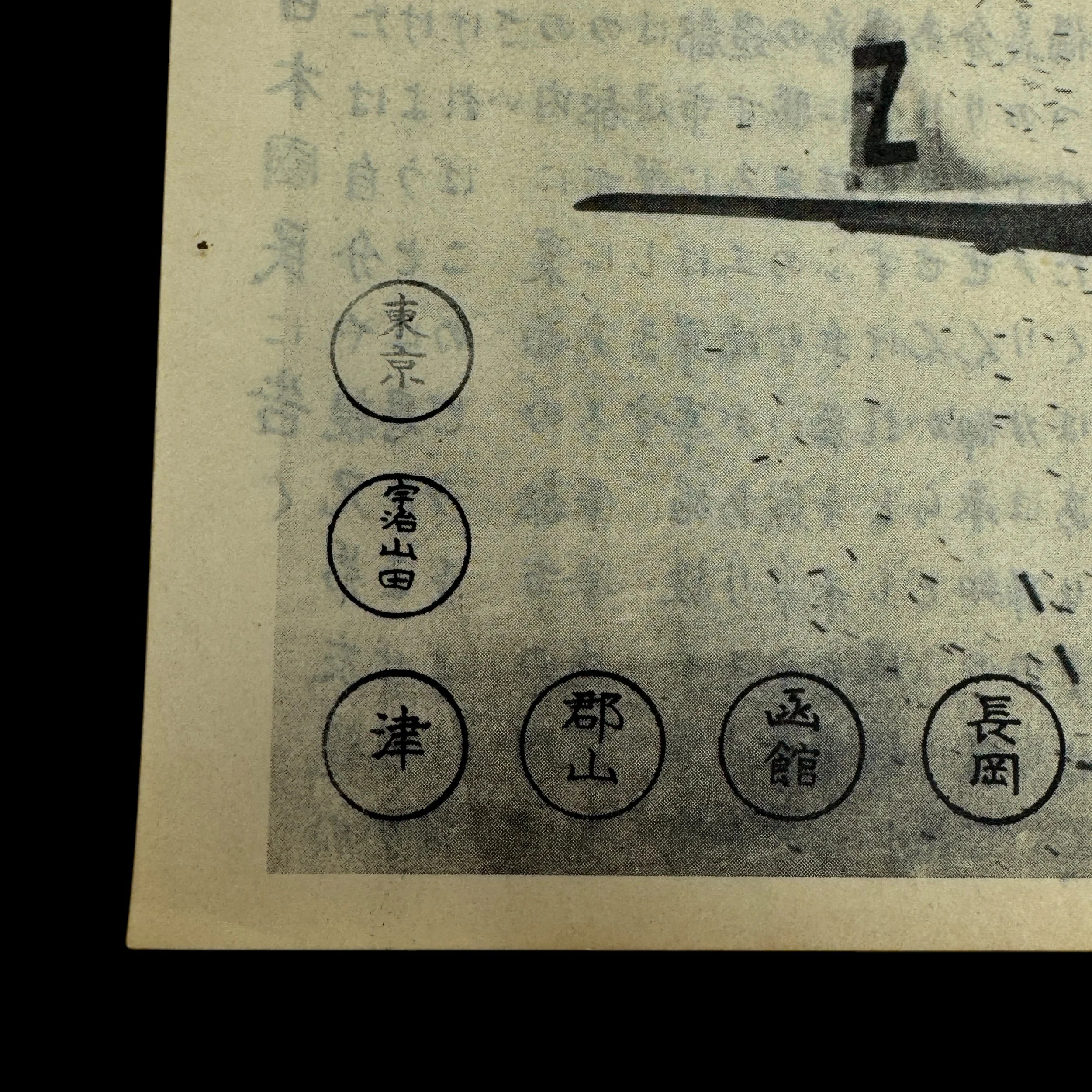
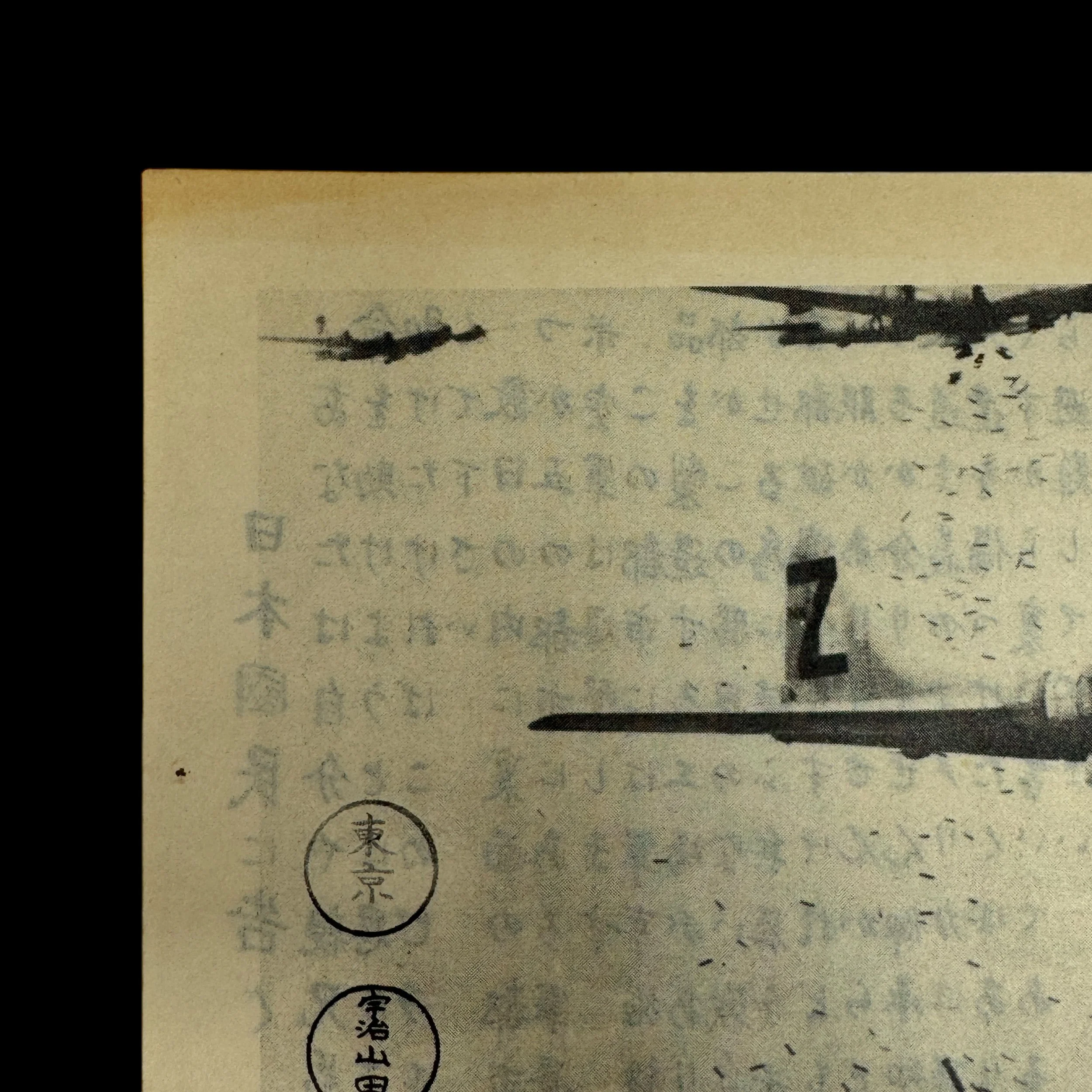
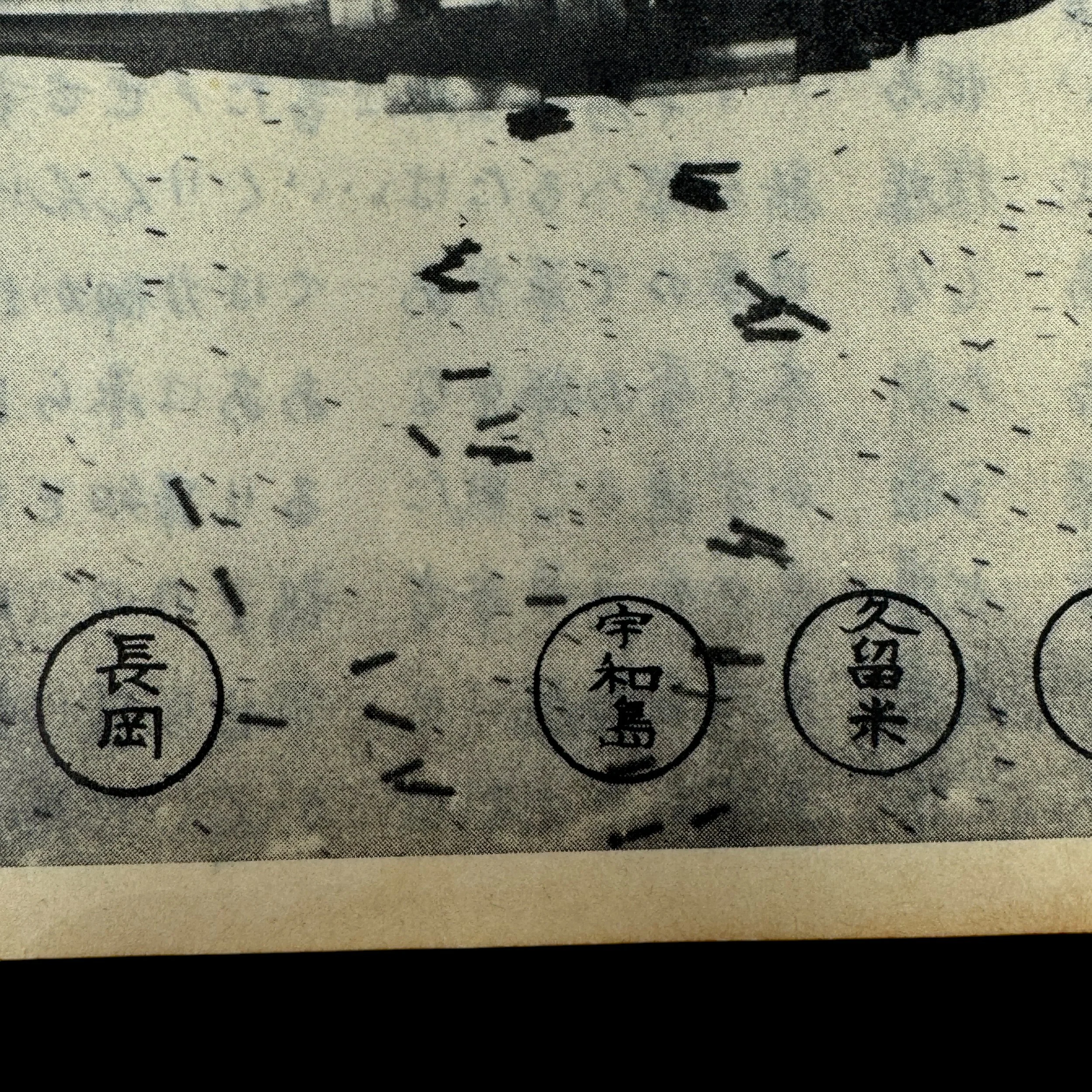
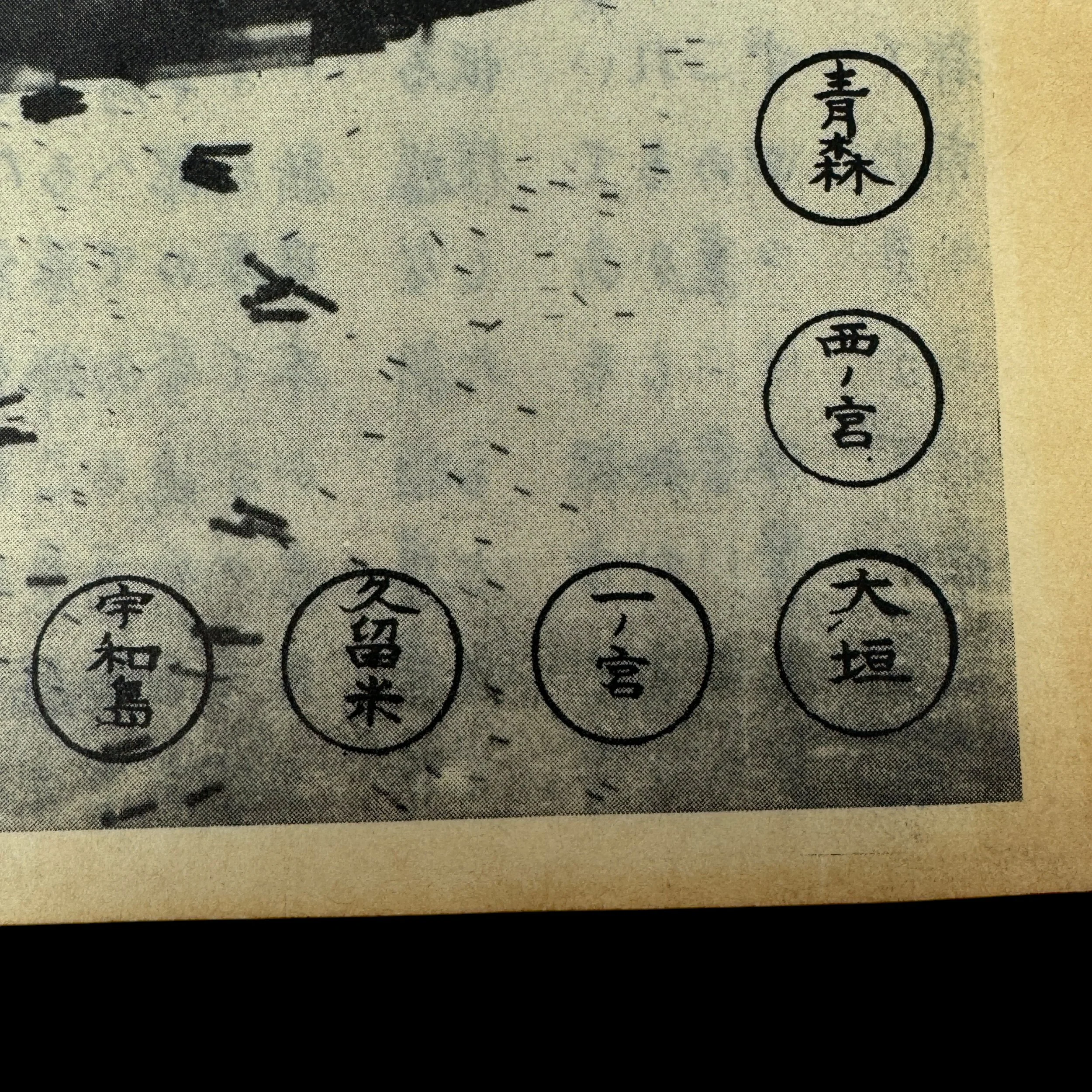
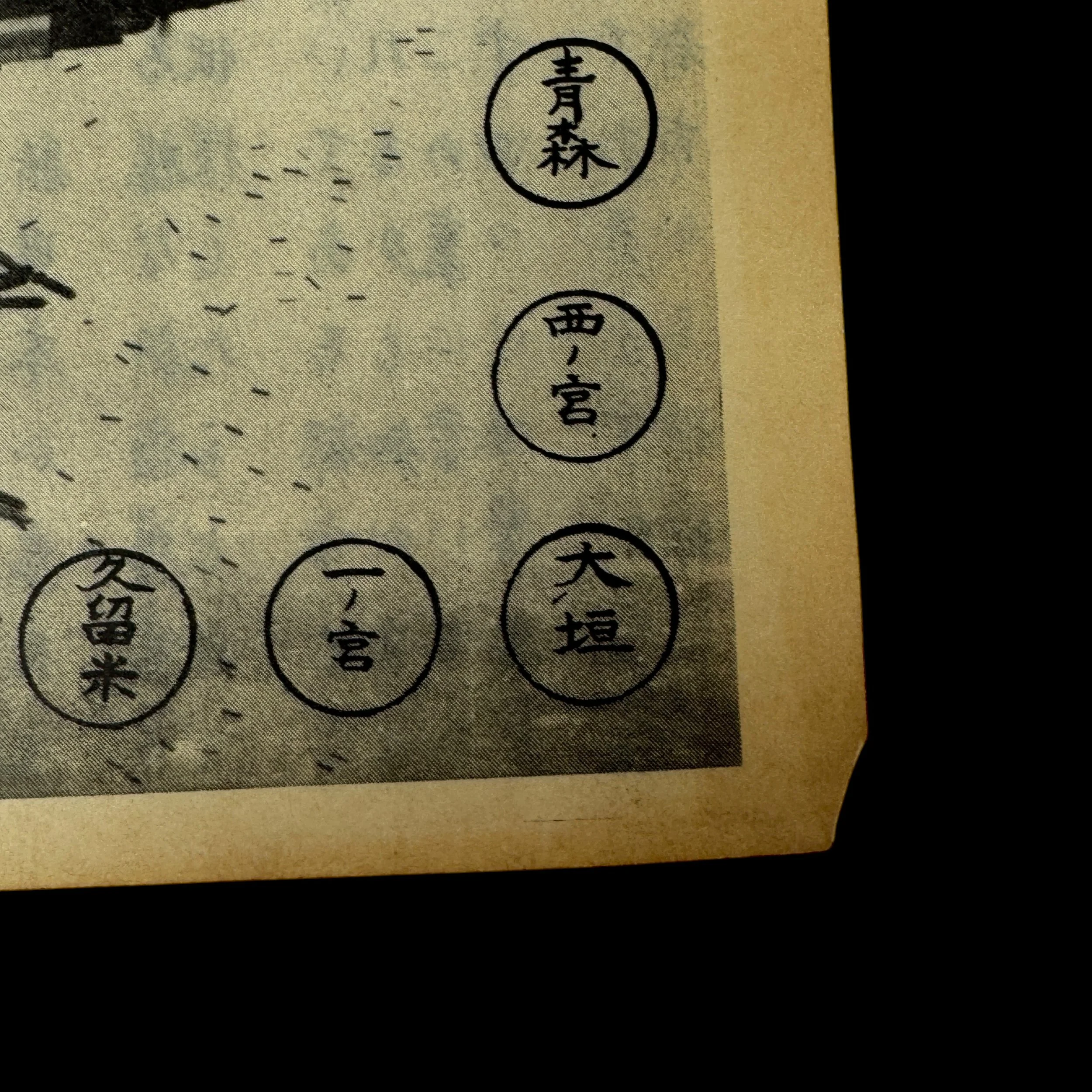
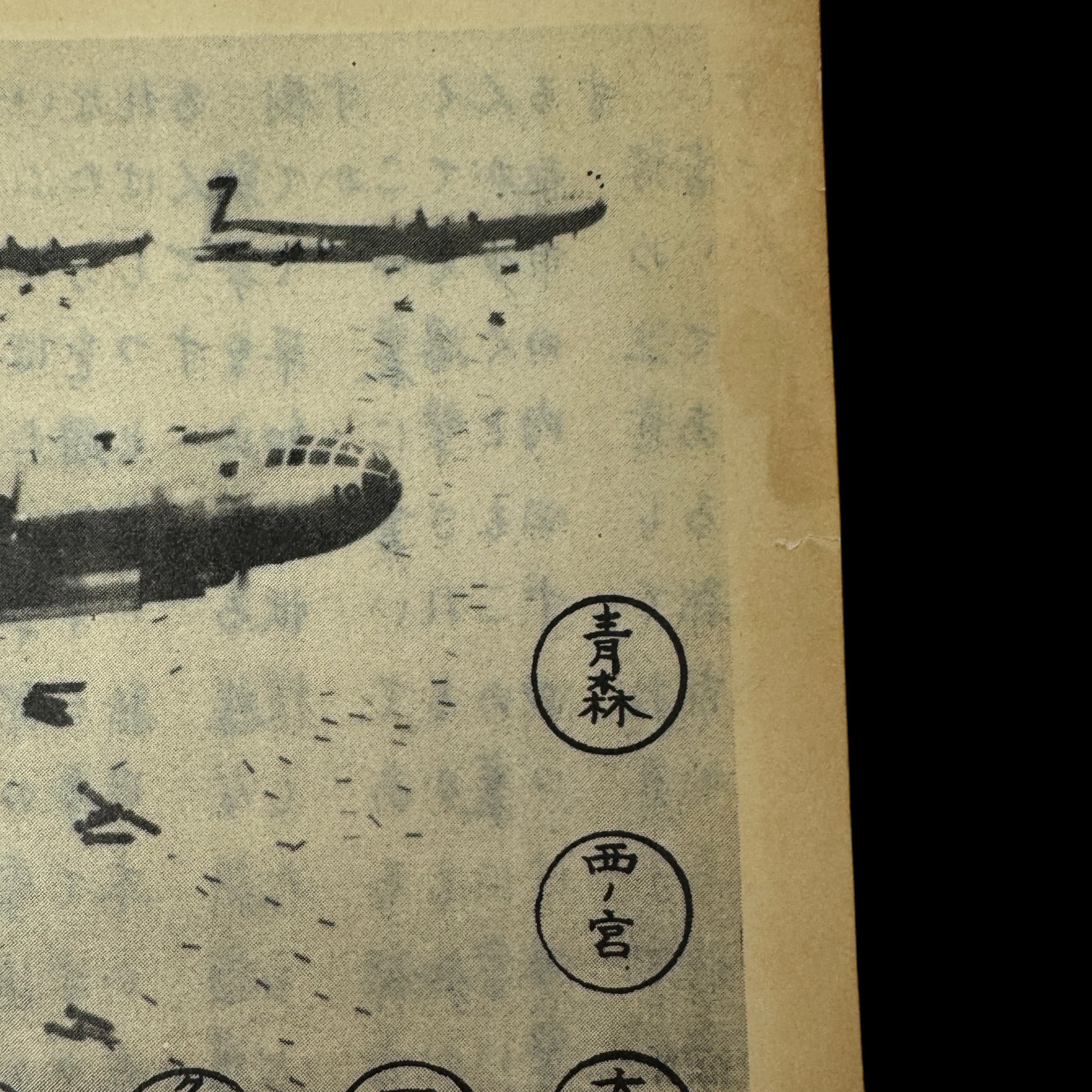
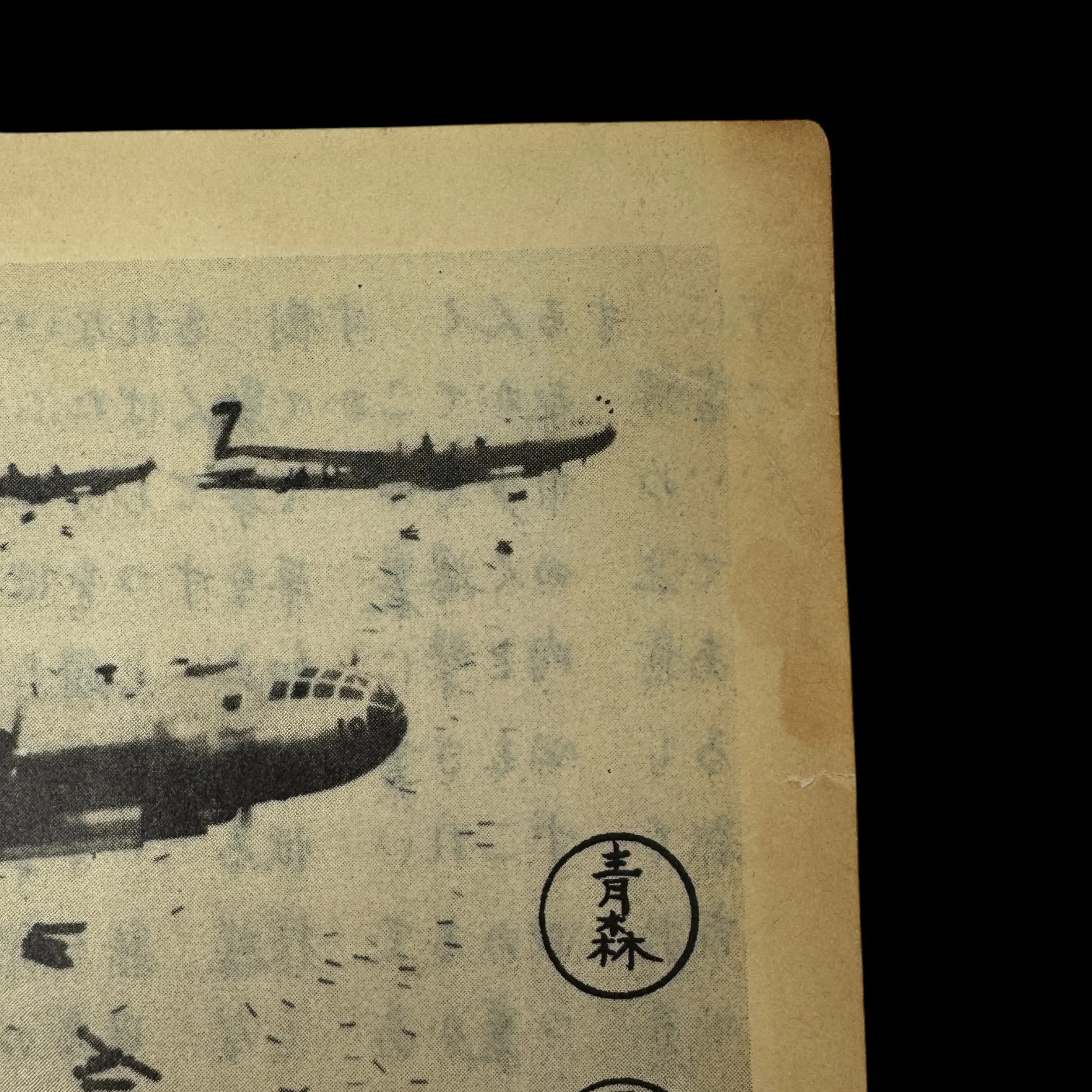
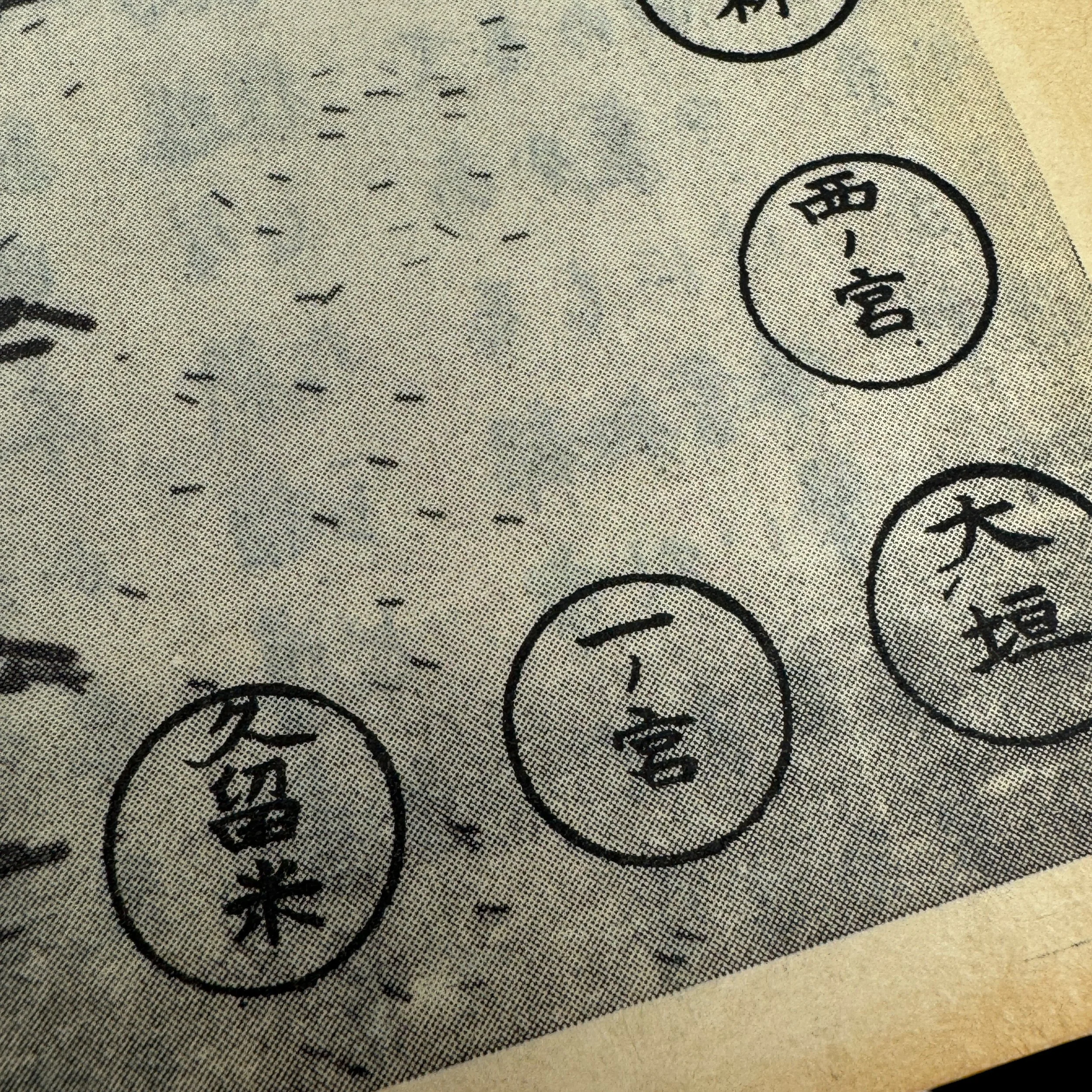
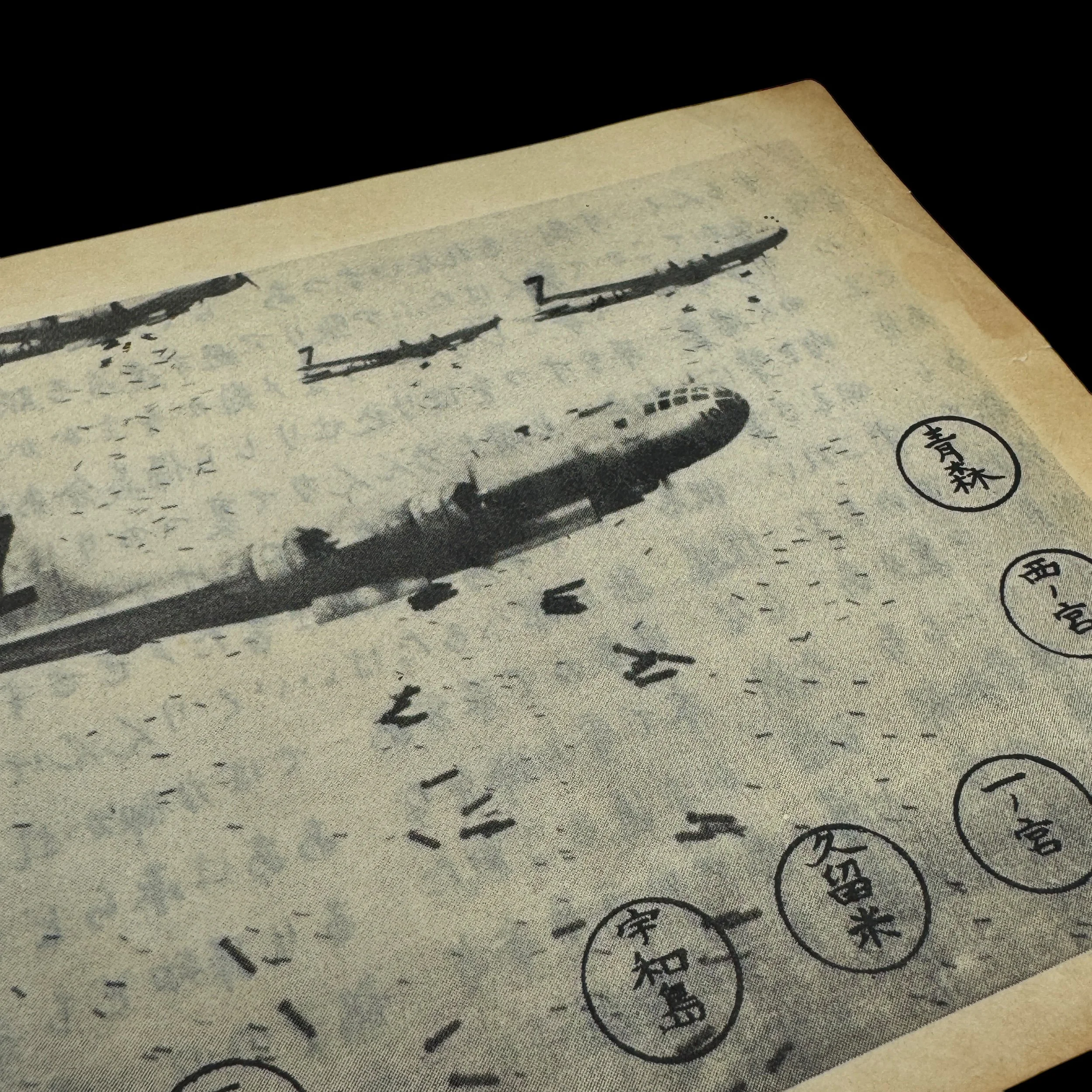
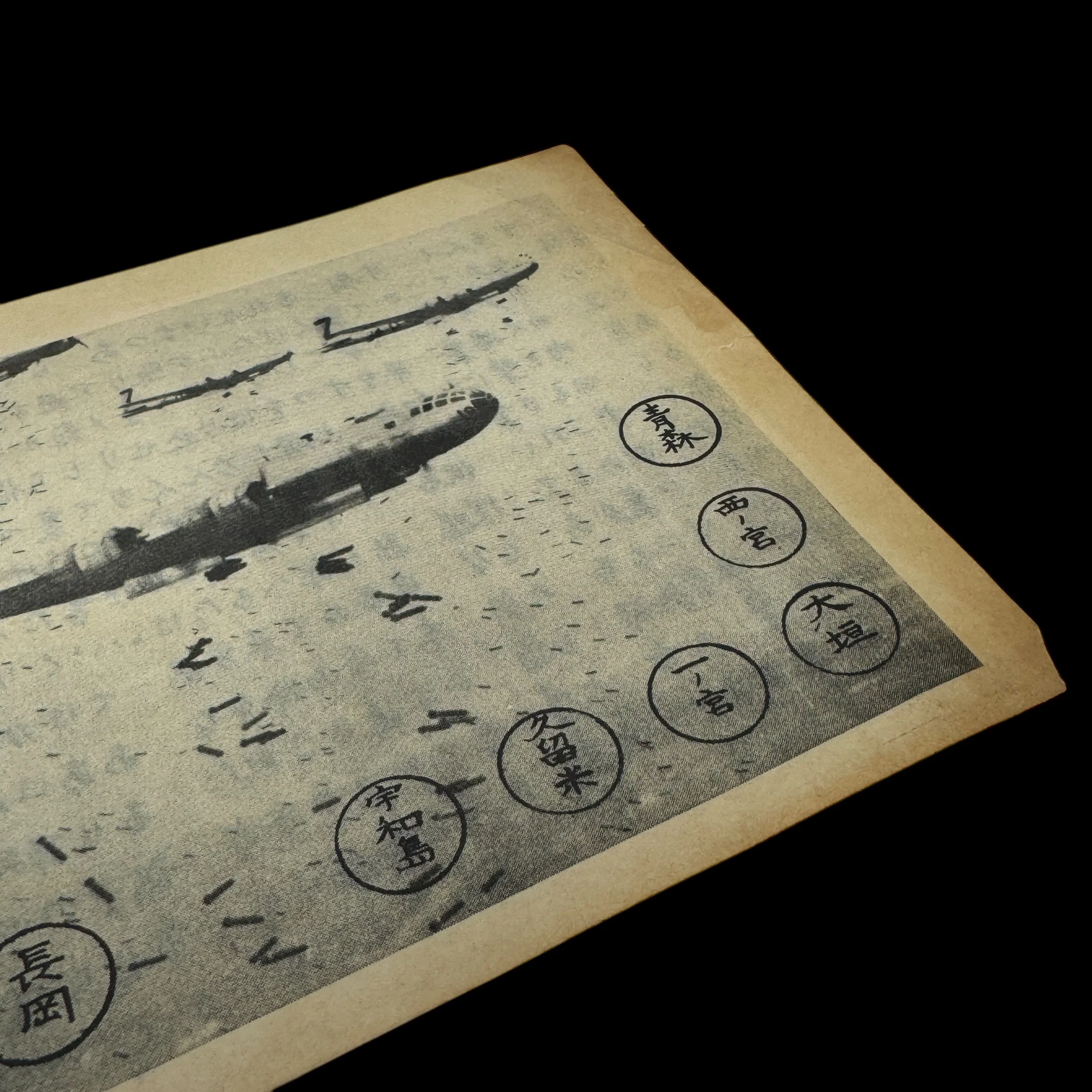

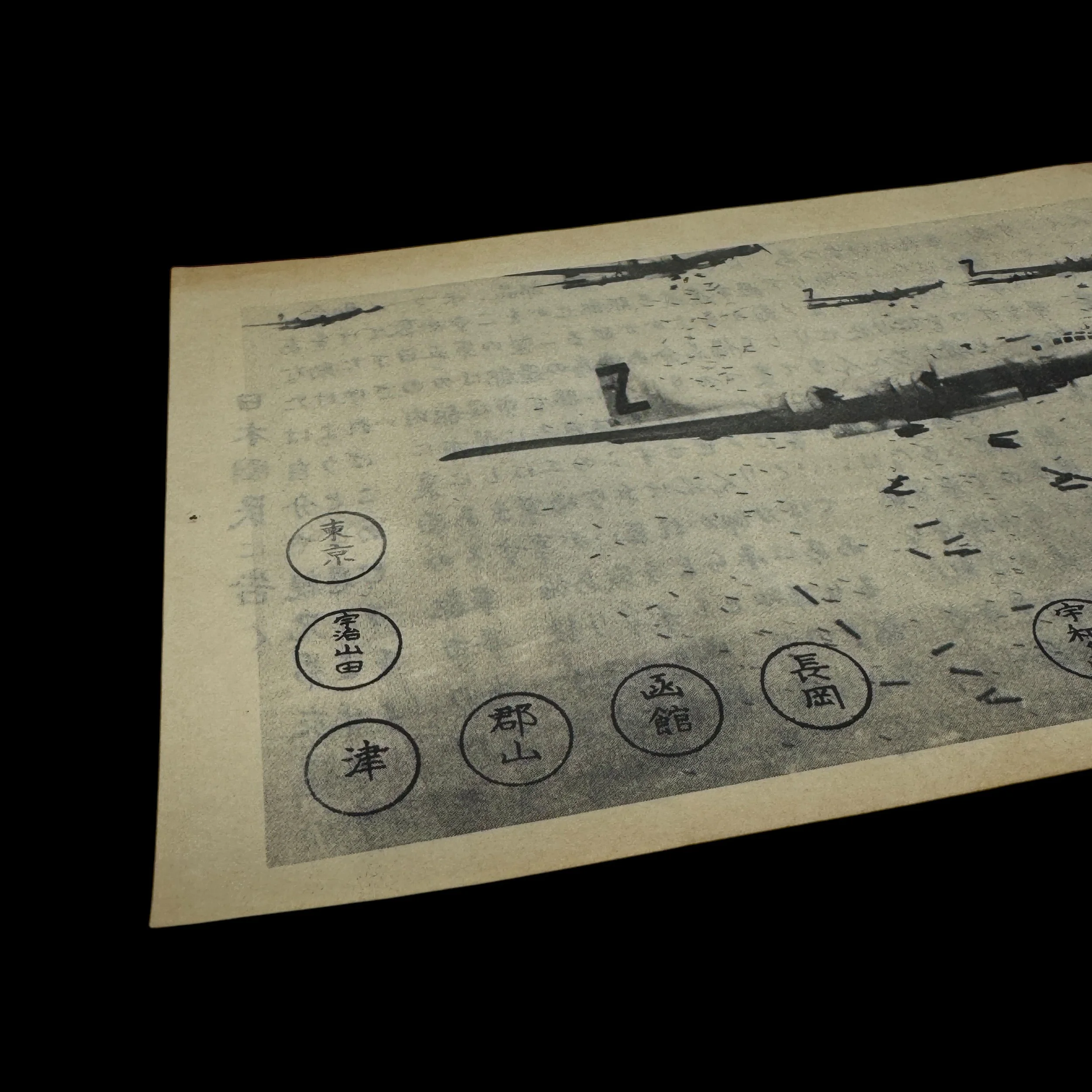
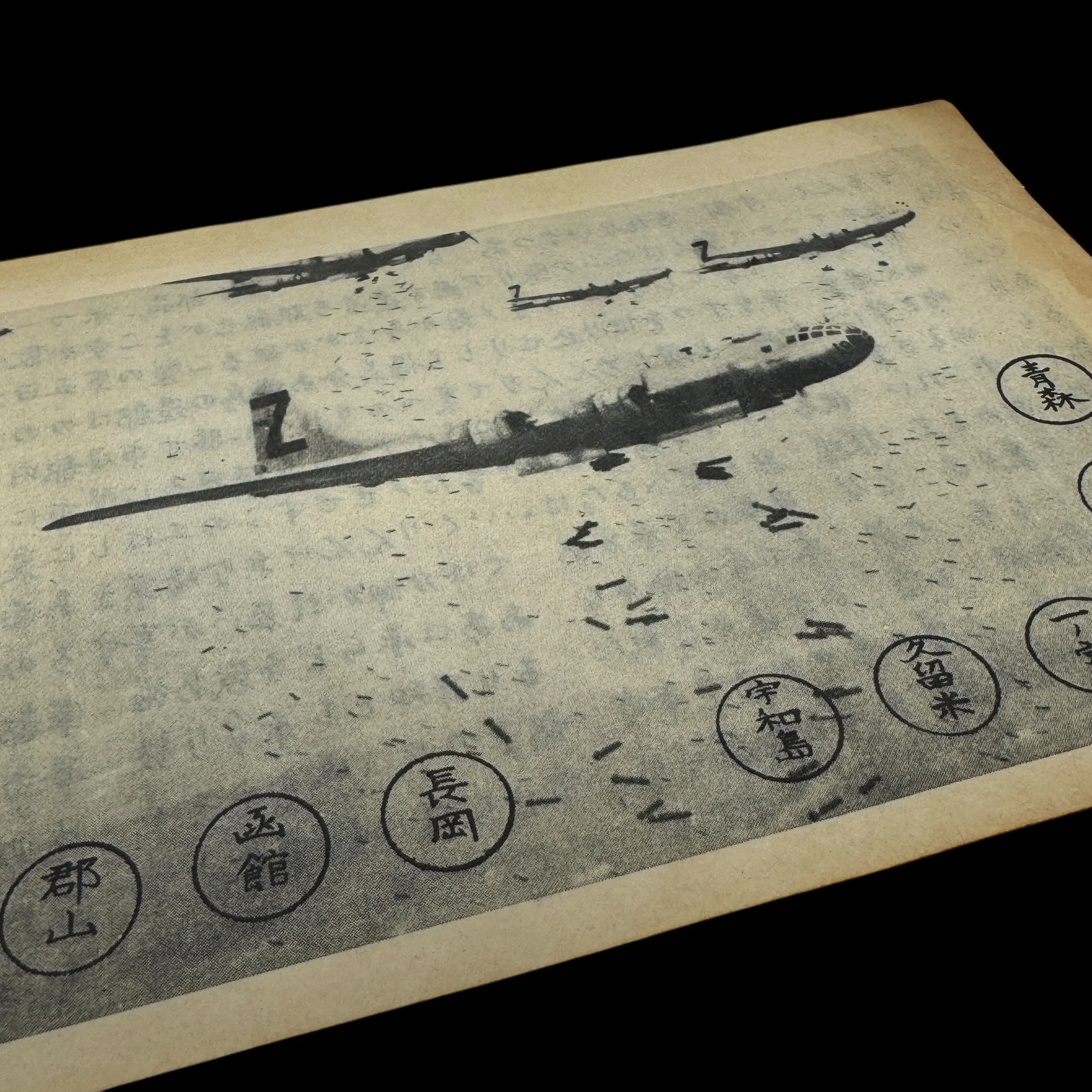
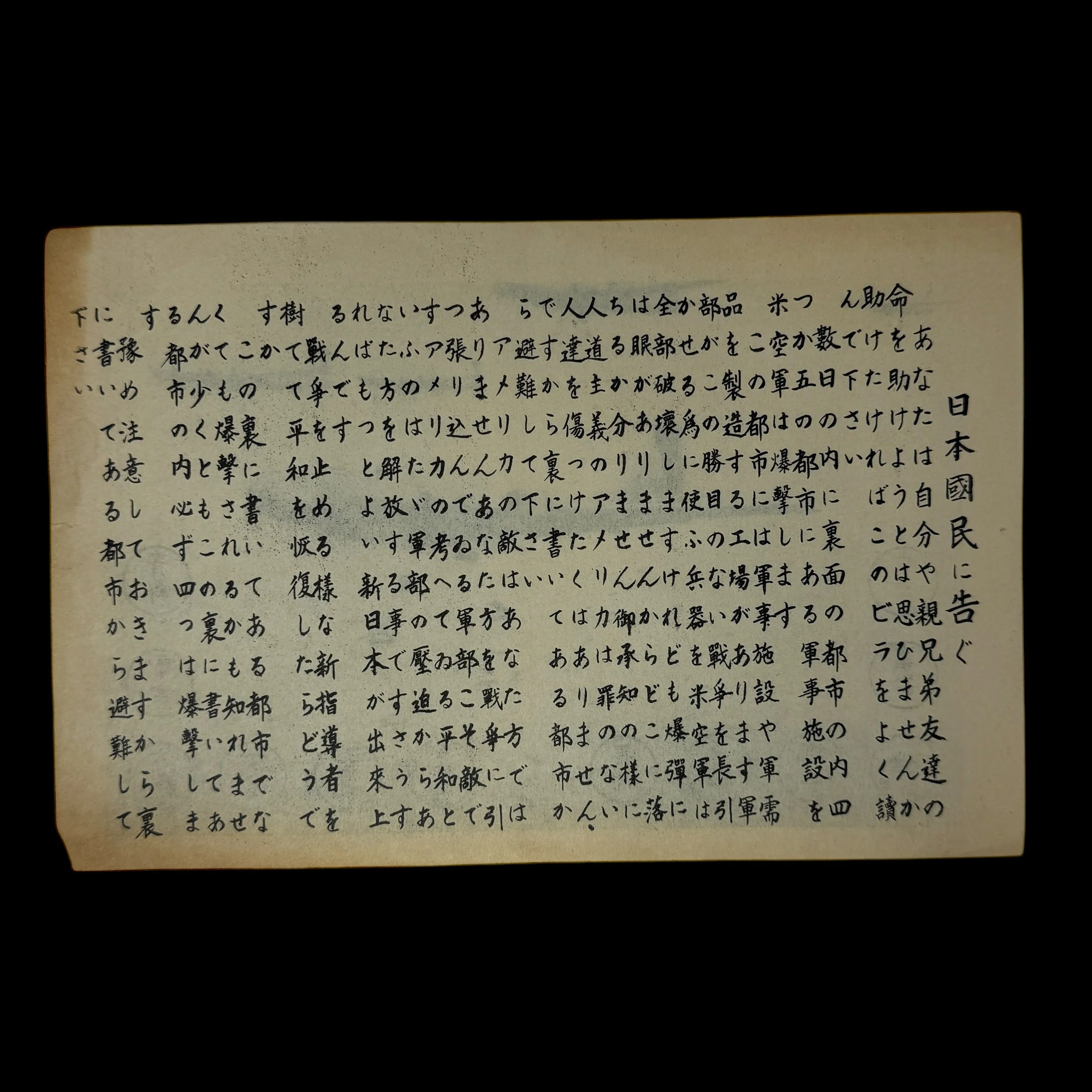
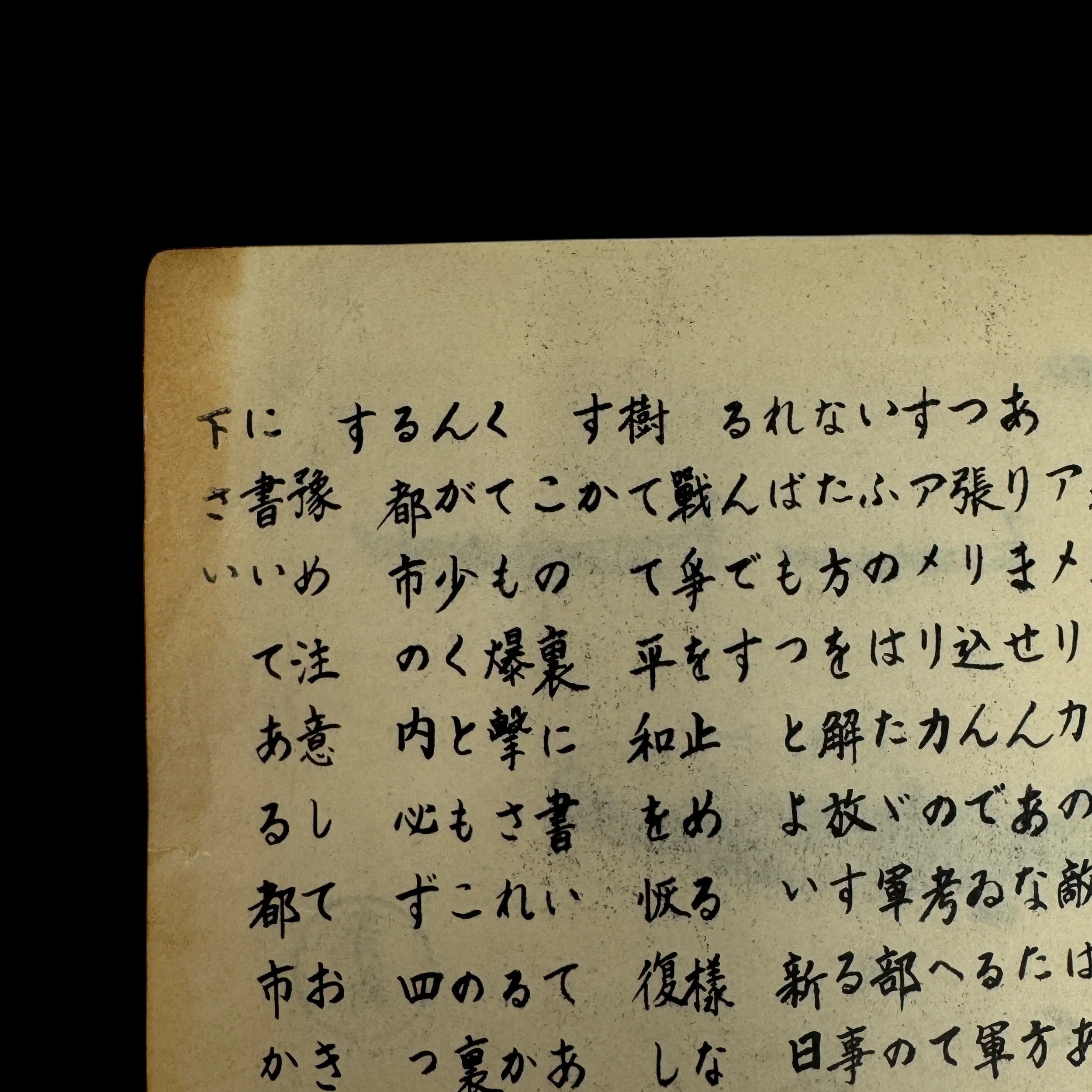
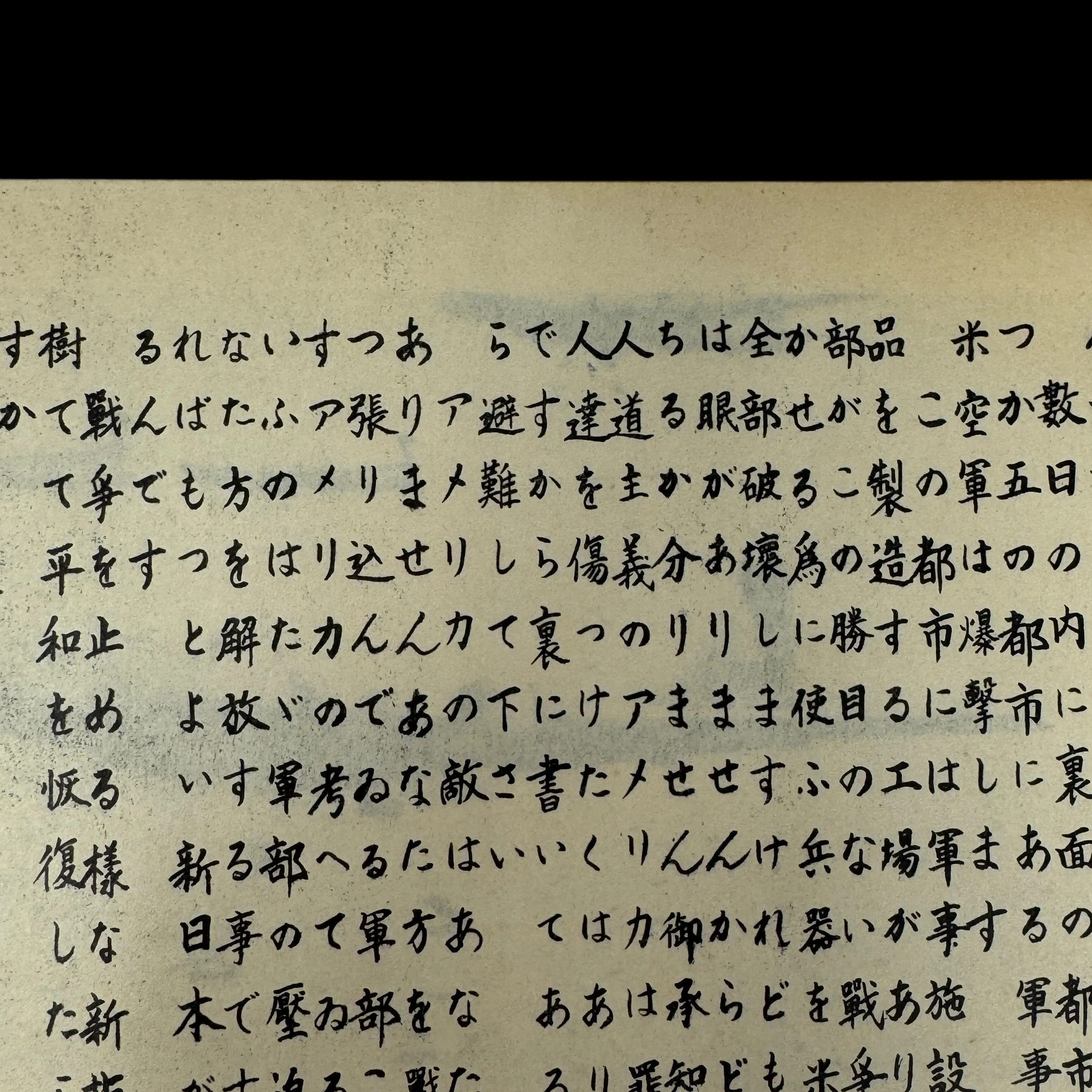
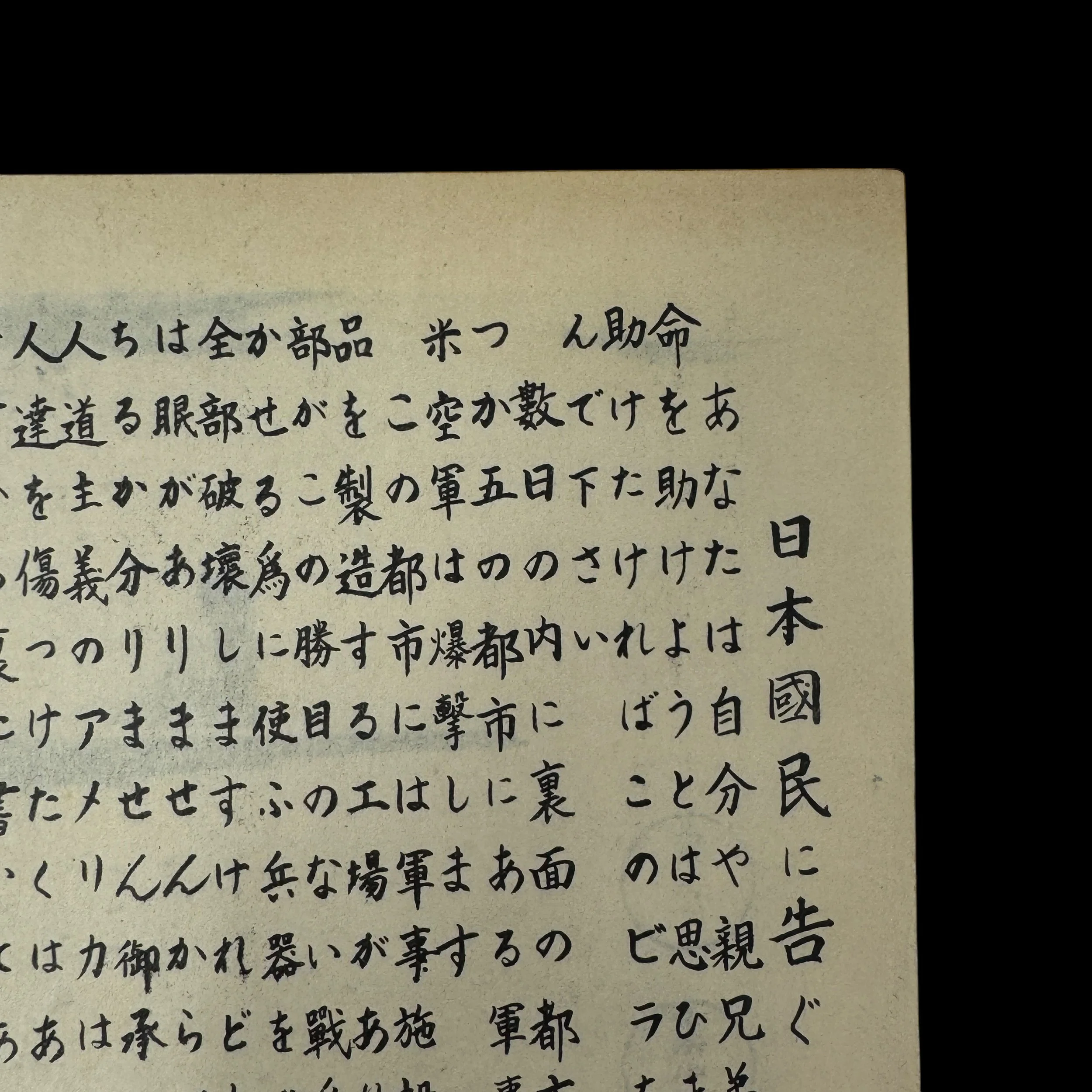
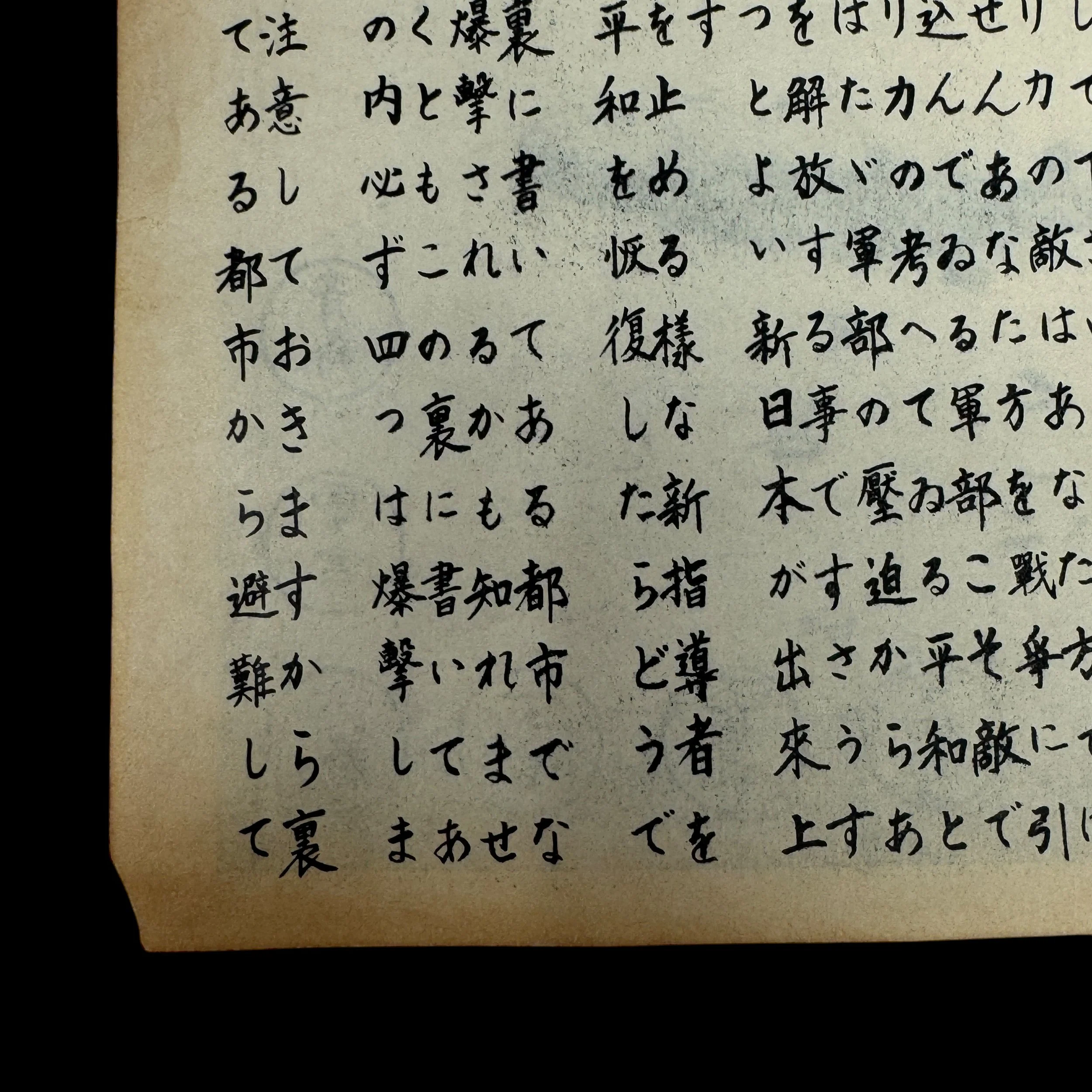
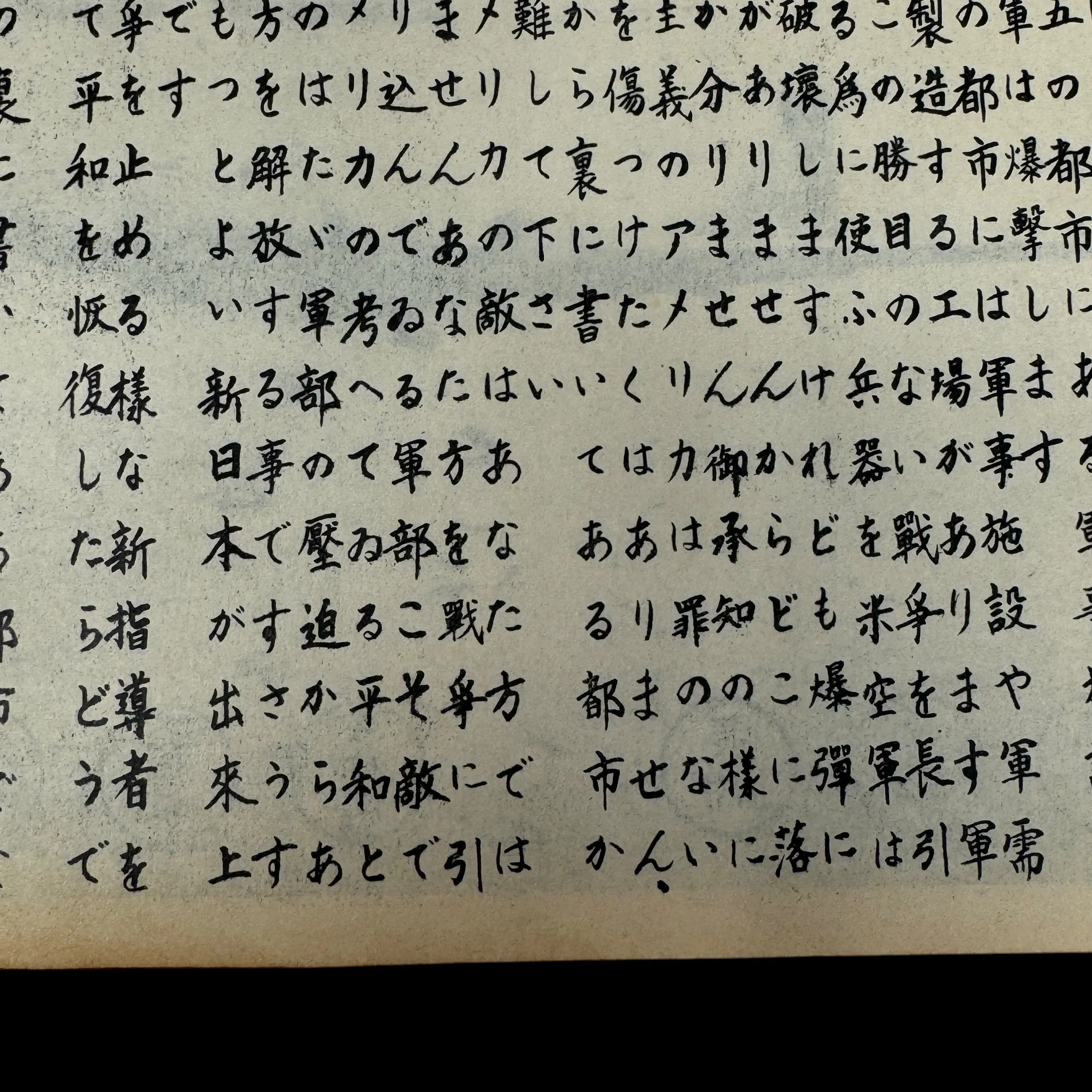
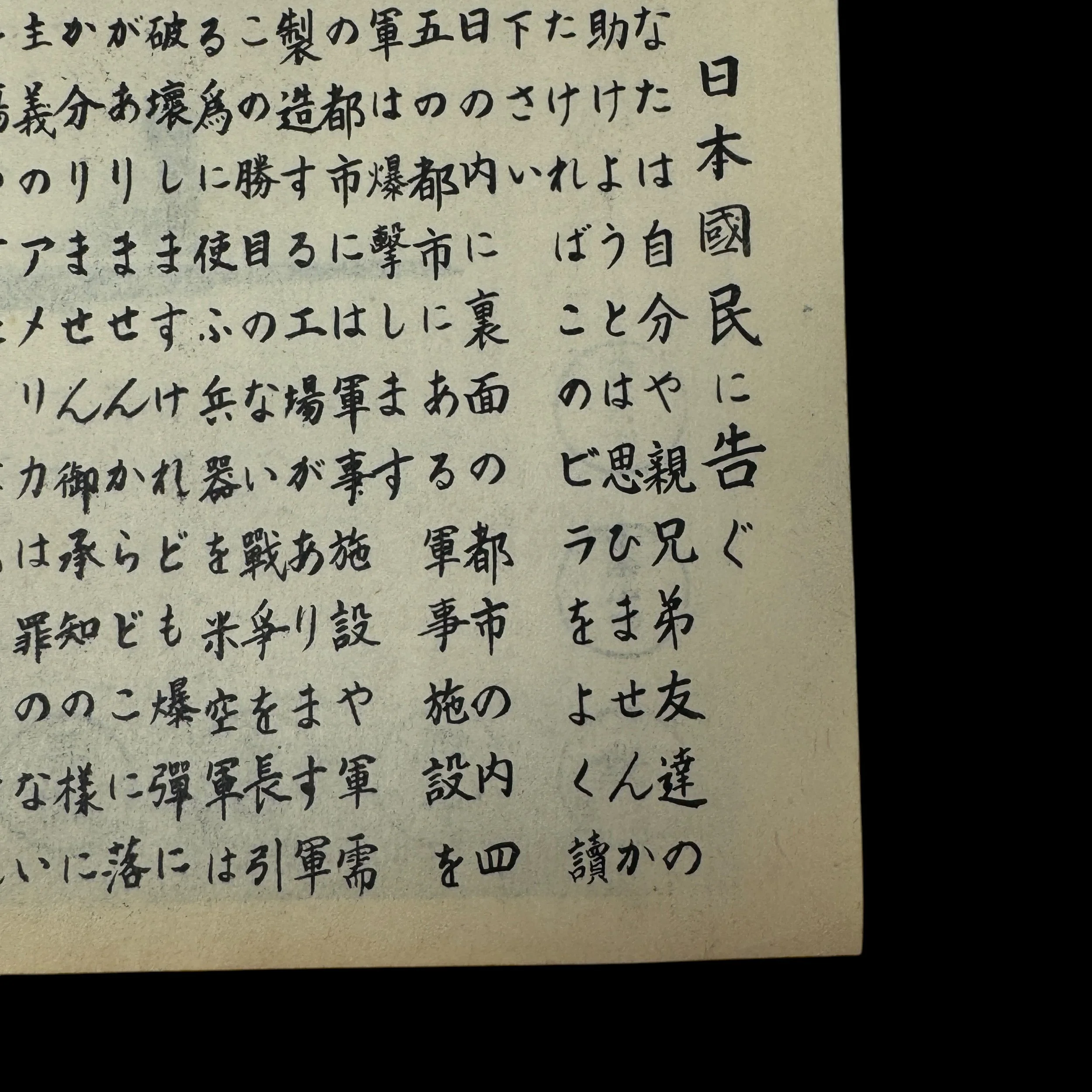
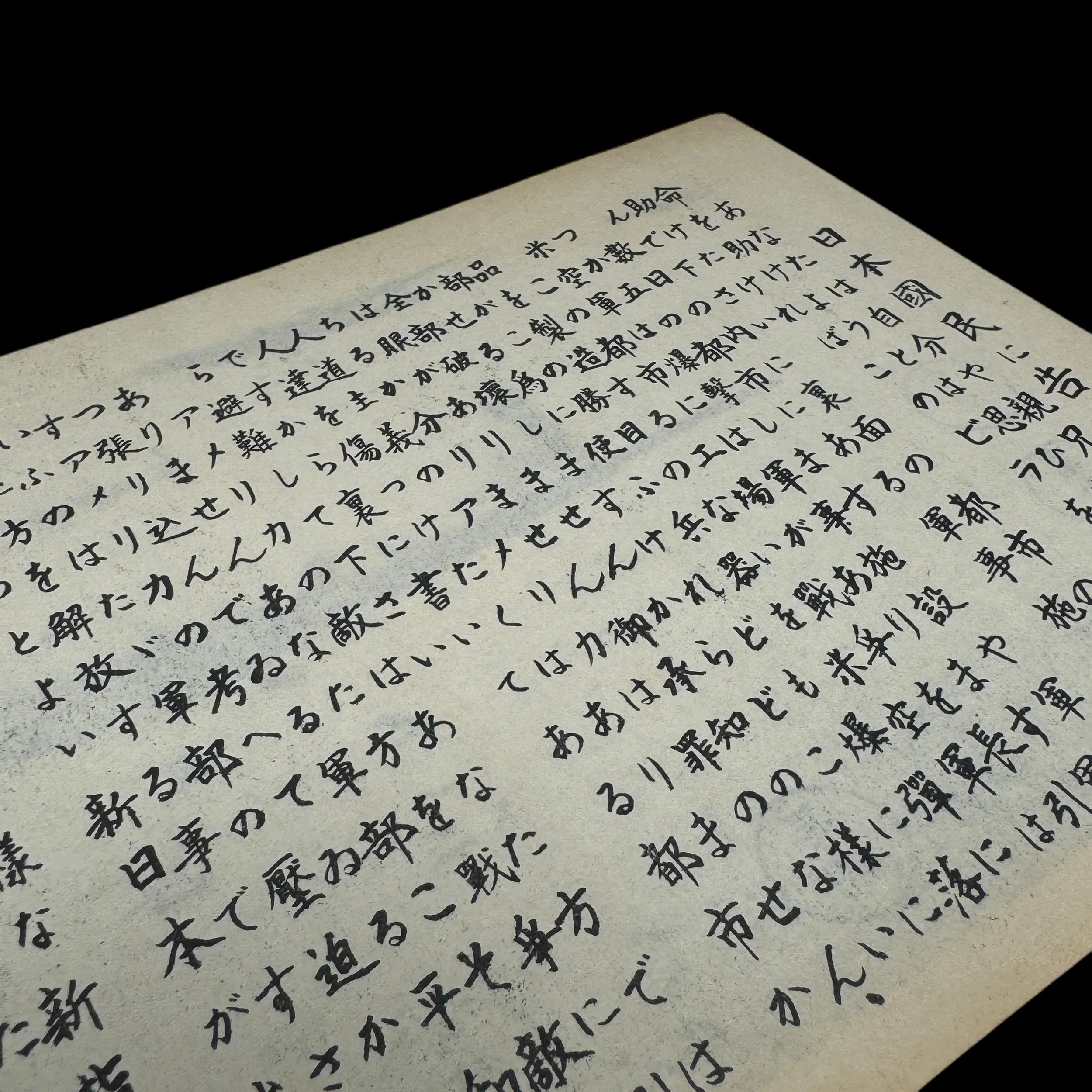
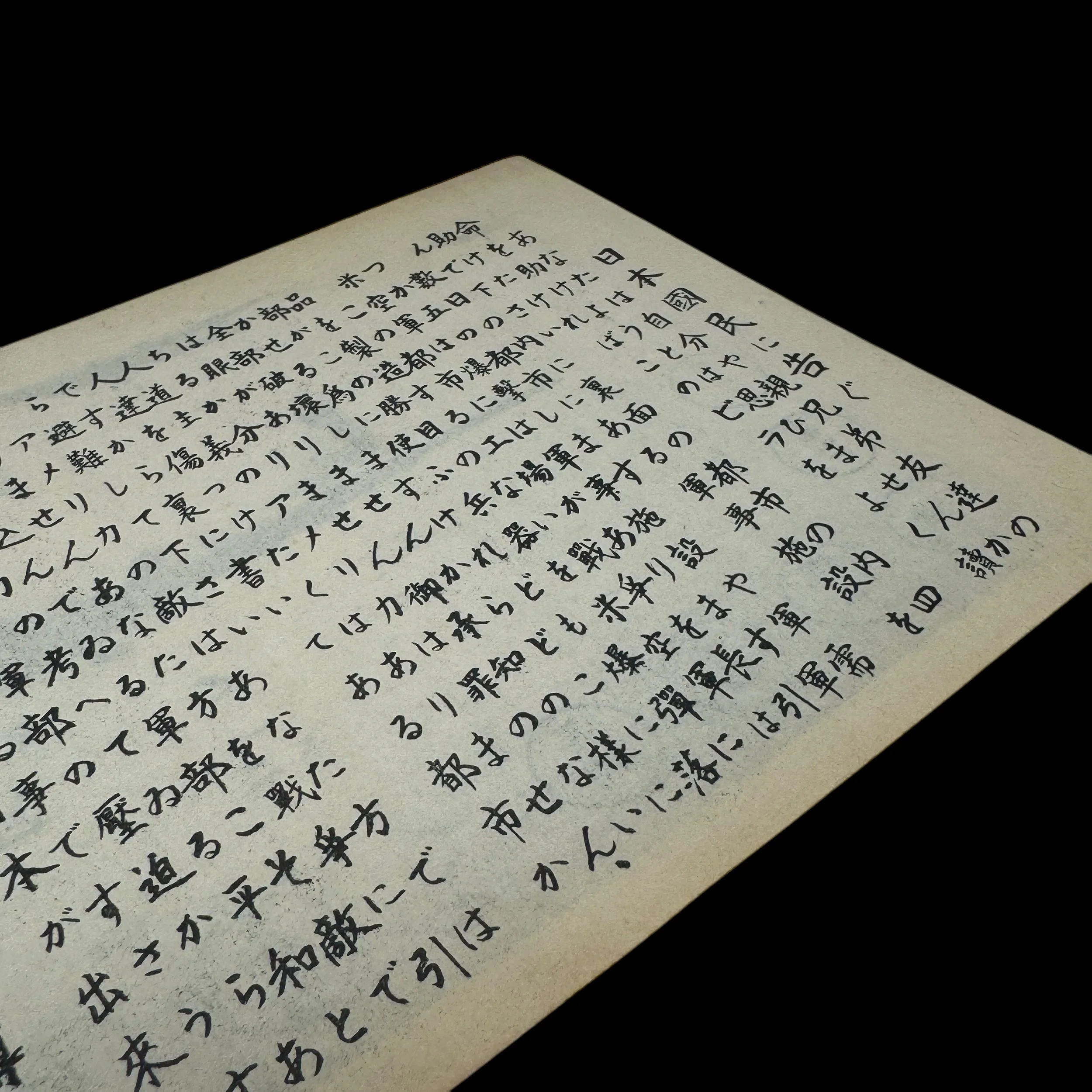
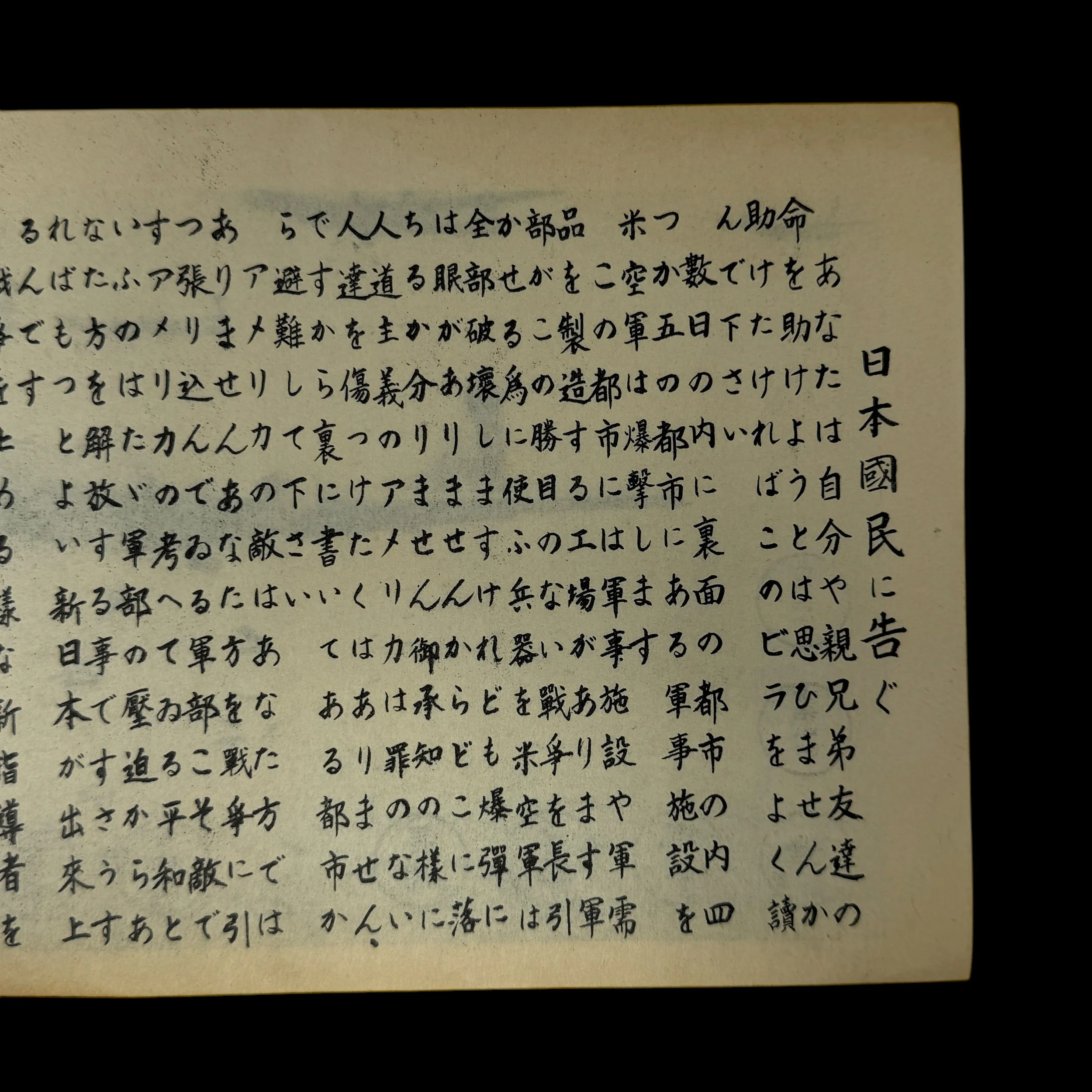
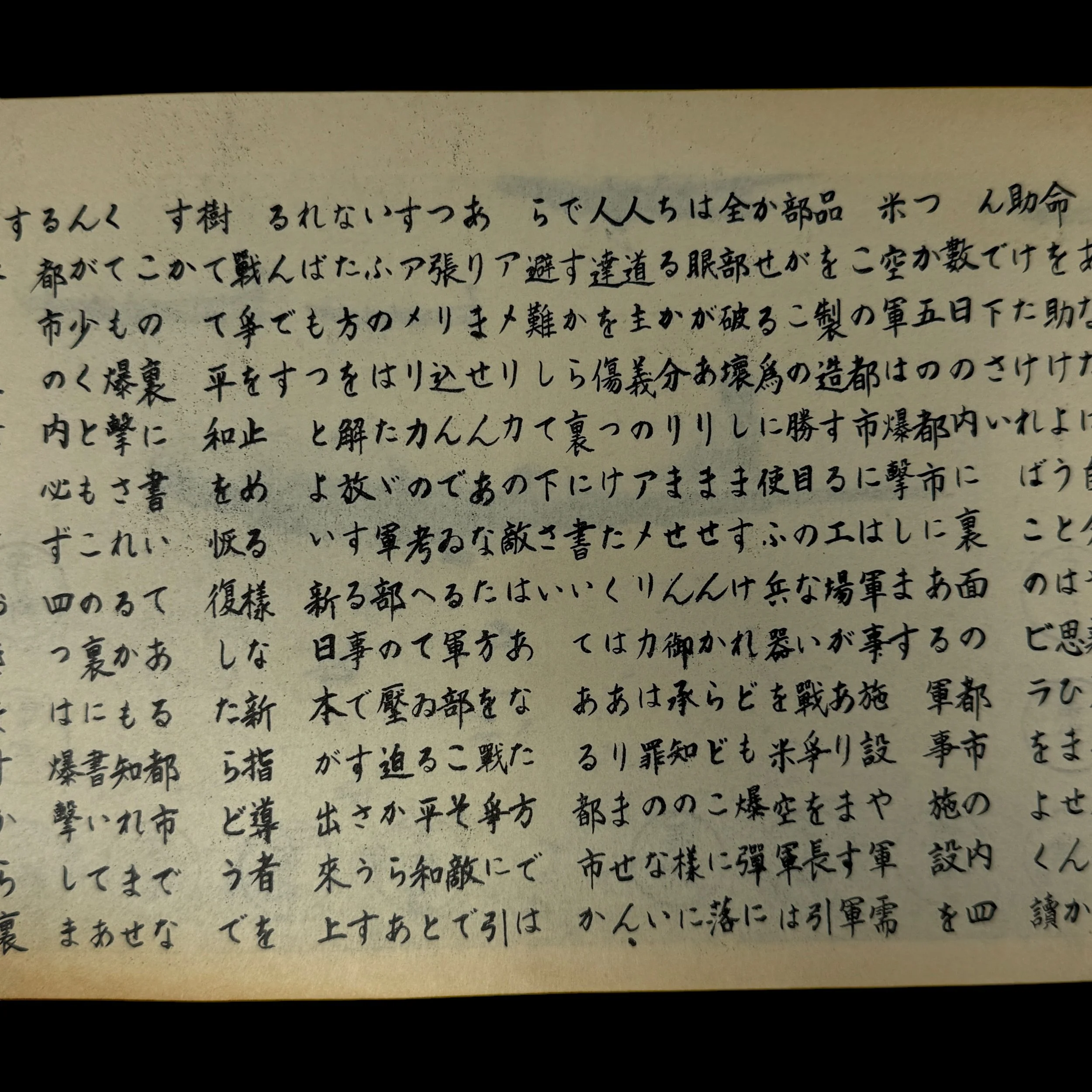
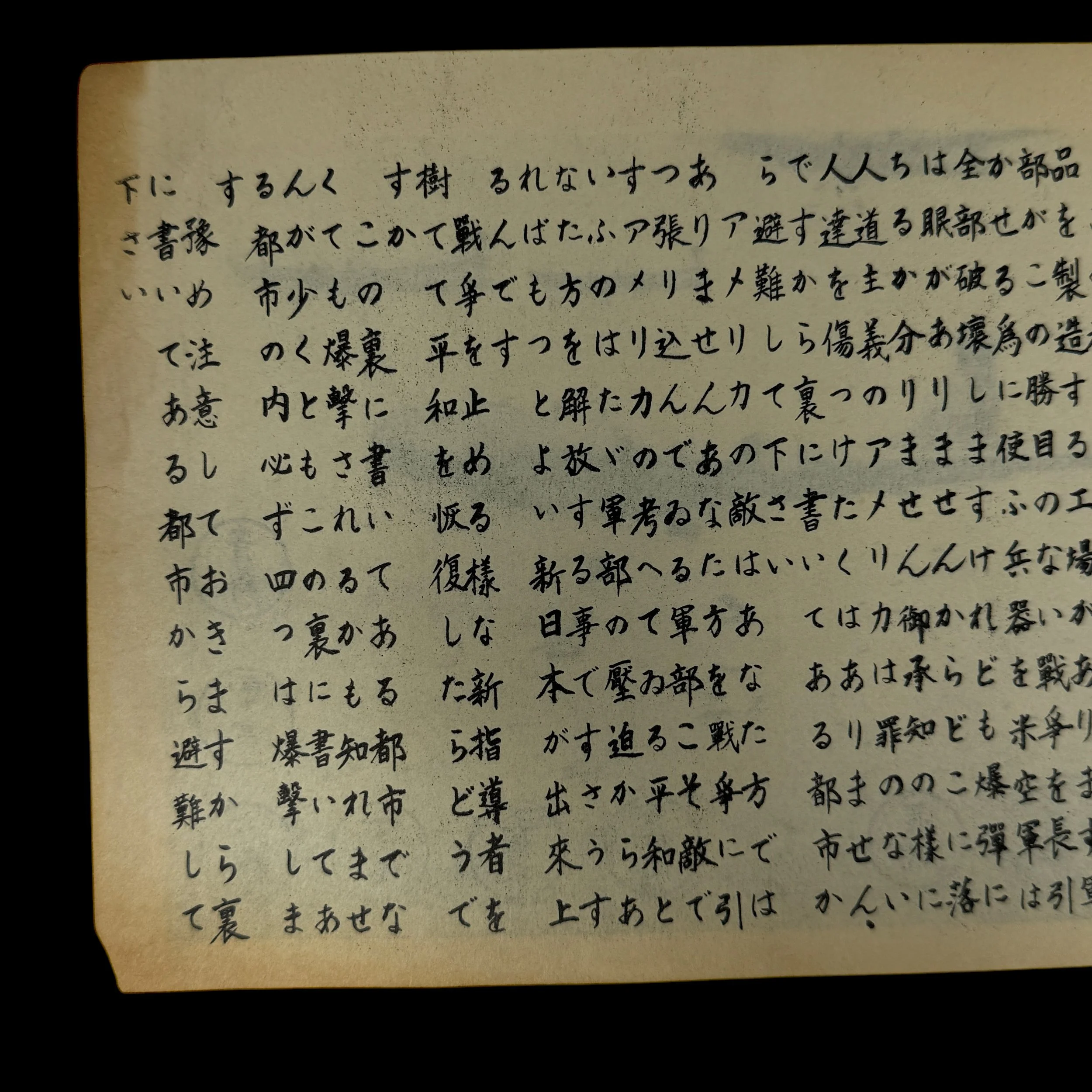
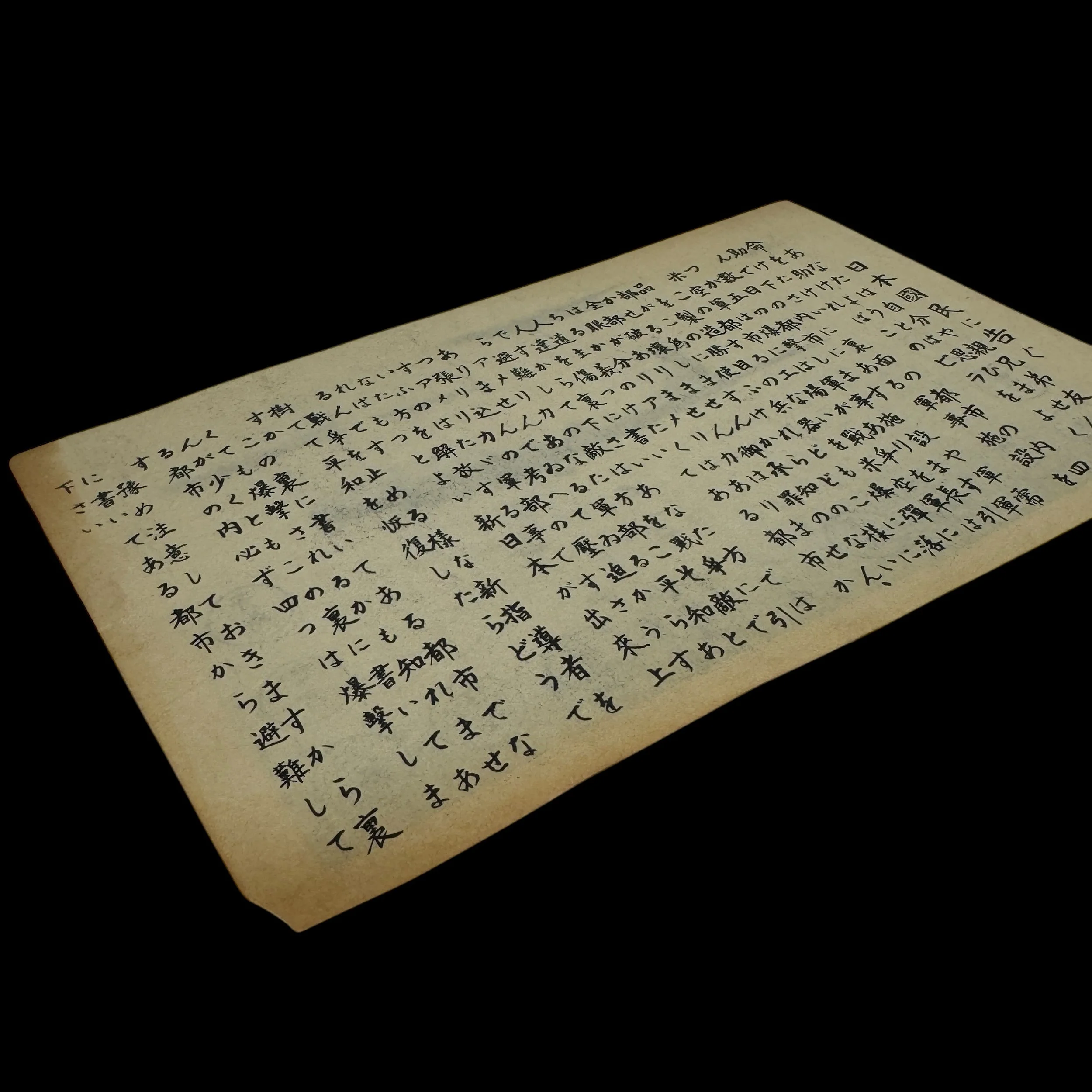
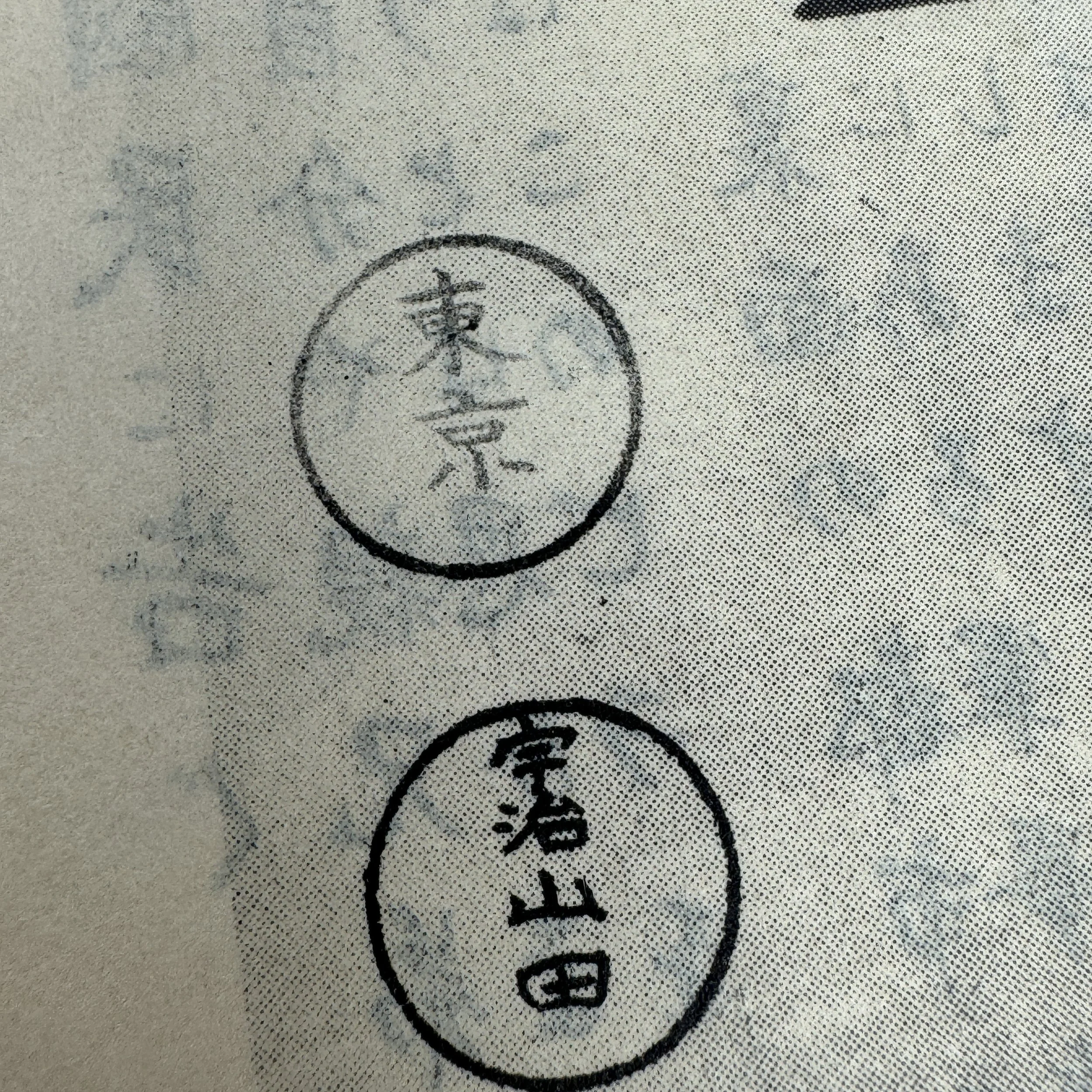
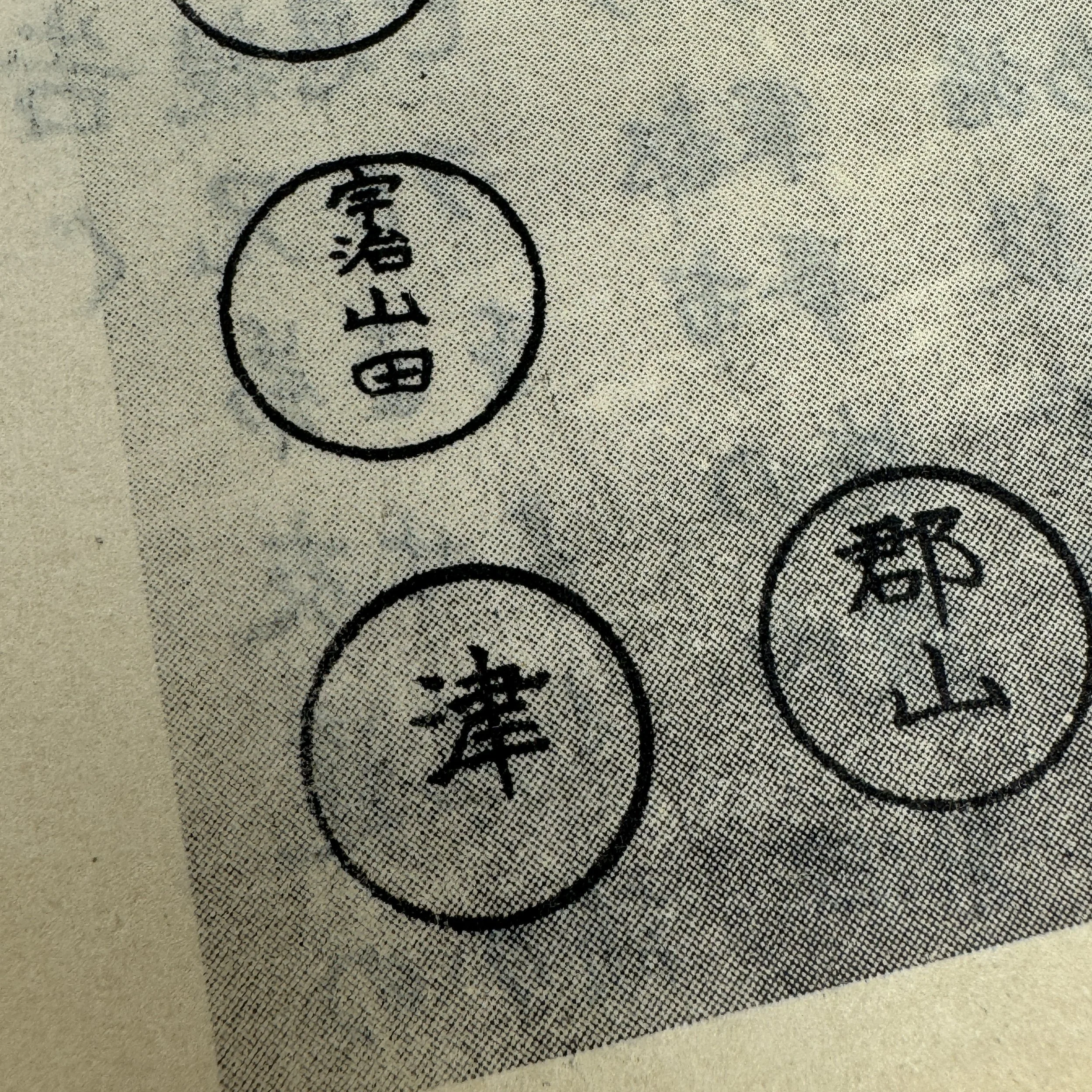

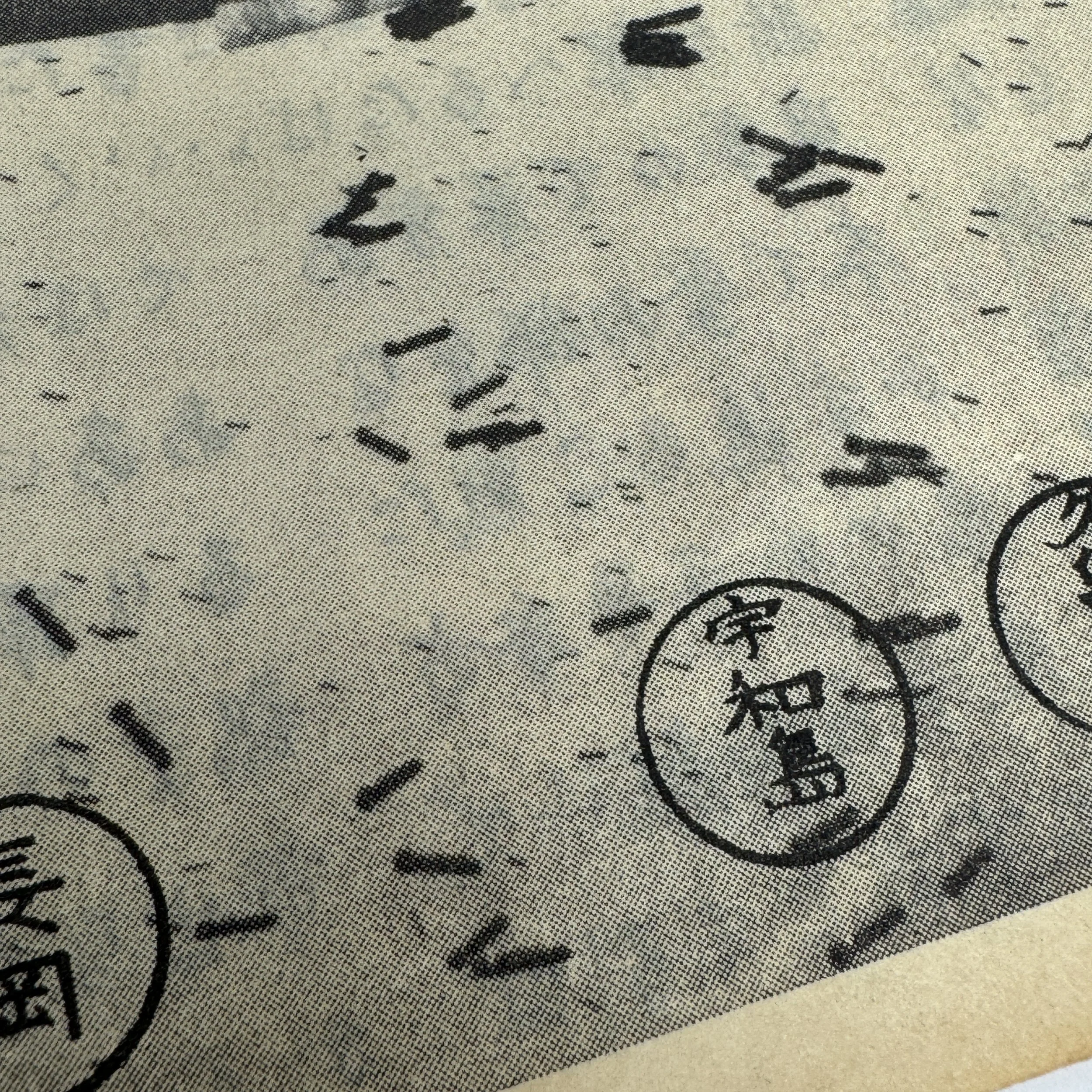


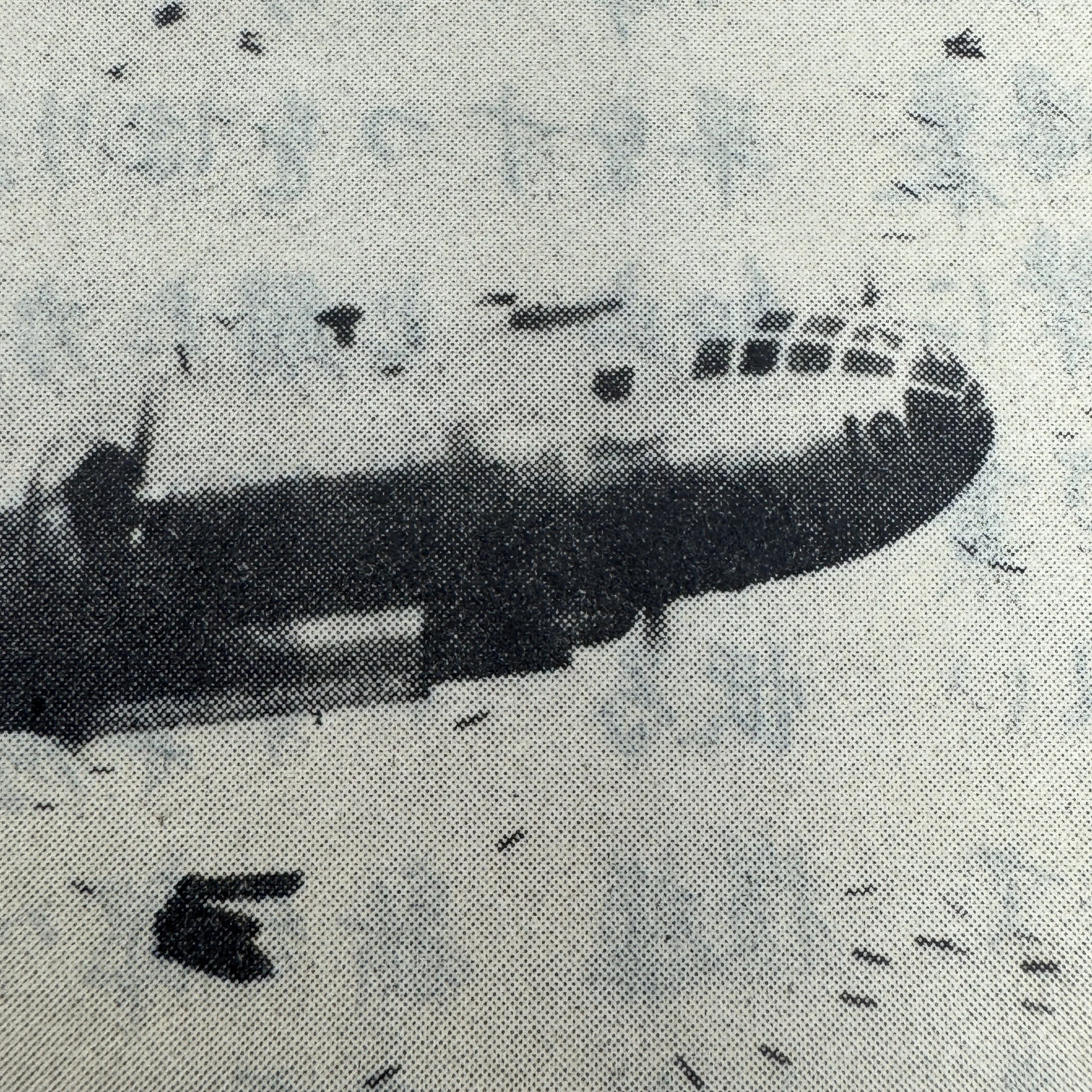
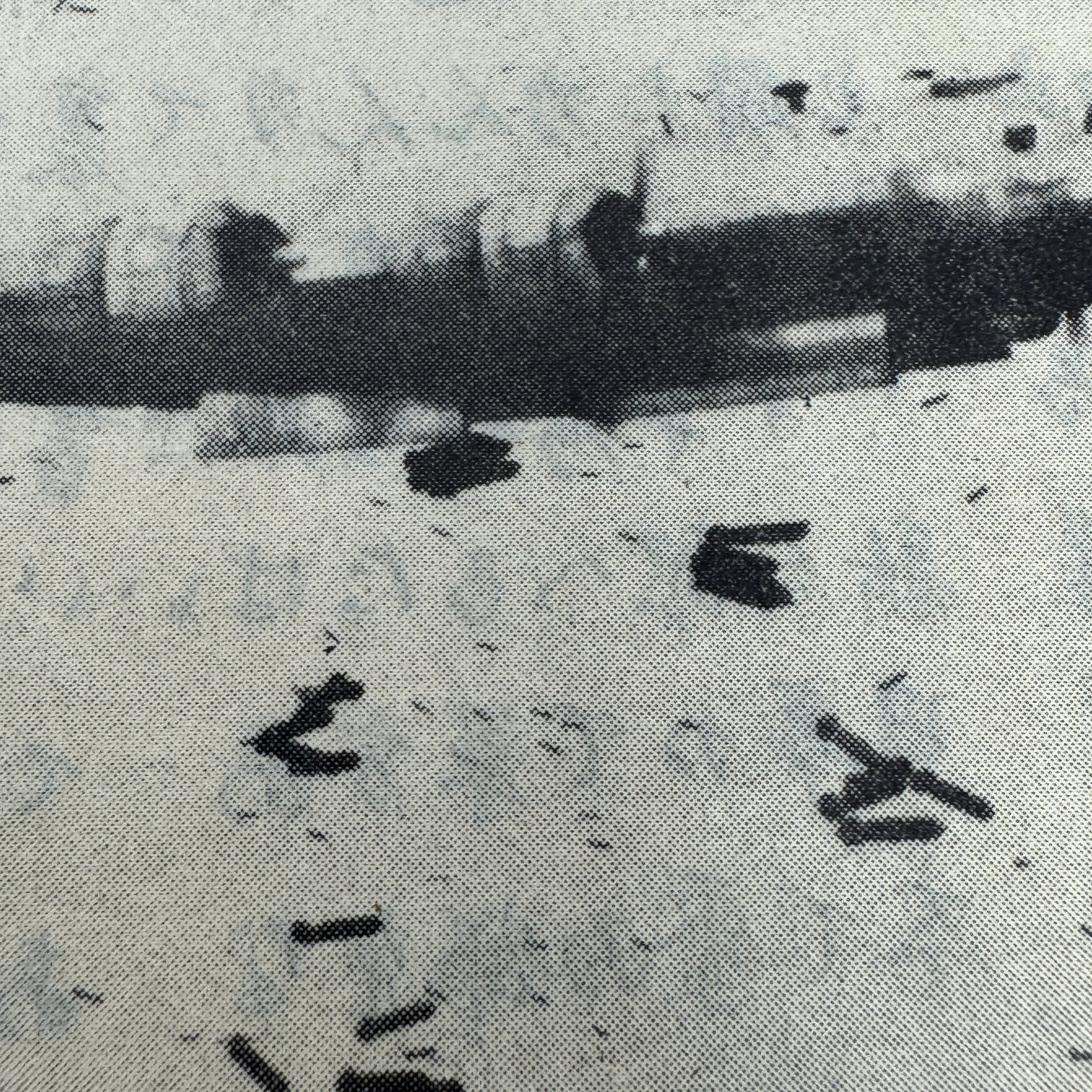
VERY RARE! World War II 1st Edition August 1945 Lemay Leaflet Atomic Bomb Hiroshima & Nagasaki (Dropped Condition)
Comes with hand-signed C.O.A.
*In August 1945, B-29 Superfortresses of the 21st Bomber Command dropped warning leaflets over several Japanese cities, including Hiroshima and Nagasaki. This initial wave of psychological warfare, later known as the “LeMay leaflets,” was distributed just days before the world’s first atomic bomb was unleashed on Hiroshima on August 6th, 1945. These leaflets served as a dire warning of the destruction to come, urging civilians to evacuate targeted cities in an effort to pressure Japan into surrender and avoid further devastation.
This exceptionally rare and museum-grade World War II artifact is an original 1st edition Hiroshima atomic bomb warning leaflet—commonly referred to as the LeMay leaflet—preserved in its original dropped condition. These historic leaflets are among the rarest wartime items ever made available to the public, highly coveted by collectors, historians, and institutions due to their direct and chilling connection to the final days of World War II.
Named after General Curtis LeMay, the commander of the U.S. Army Air Forces’ strategic bombing campaign over Japan, this leaflet is deeply tied to the events that culminated in the atomic bombings of Hiroshima and Nagasaki. Distributed by B-29 bombers in the summer of 1945, including just days before the August 6 and 9 attacks, the LeMay leaflets served as tools of psychological warfare, intended to break Japanese morale.
Written in Japanese, they warned civilians of “impending destruction” and urged evacuation from specific cities—many of which were targeted for annihilation. Although the leaflet did not explicitly reference the nuclear weapons (as they were not known yet publicly) , its stark tone and ominous message foreshadowed the devastation to come.
With hindsight, these leaflets represent a forewarning—indirect but undeniable—of the unprecedented horror that followed. As part of General LeMay’s broader strategy, which combined incendiary aerial campaign with an eventual nuclear force, the leaflet bridges the transition from traditional warfare to the dawn of the atomic age. Today, surviving examples like this one stand not only as profound historical relics but as powerful reminders of the moment humanity crossed into a new and terrifying era of conflict.
Translation:
Read this carefully as it may save your life or the life of a relative or a friend. In the next few days, four or more of the cities named on the reverse side of this leaflet will be destroyed by American bombs. These cities contain military installations and workshops or factories, which produce military goods. We are determined to destroy all of the tools of the military clique that they are using to prolong this useless war. Unfortunately, bombs have no eyes. So, in accordance with America’s well-known humanitarian policies, the American Air Force, which does not wish to injure innocent people, now gives you warning to evacuate the cities named and save your lives. America is not fighting the Japanese people but is fighting the military clique, which has enslaved the Japanese people. The peace, which America will bring, will free the people from the oppression of the Japanese military clique and mean the emergence of a new and better Japan. You can restore peace by demanding new and better leaders who will end the War